Buildings & Landmarks
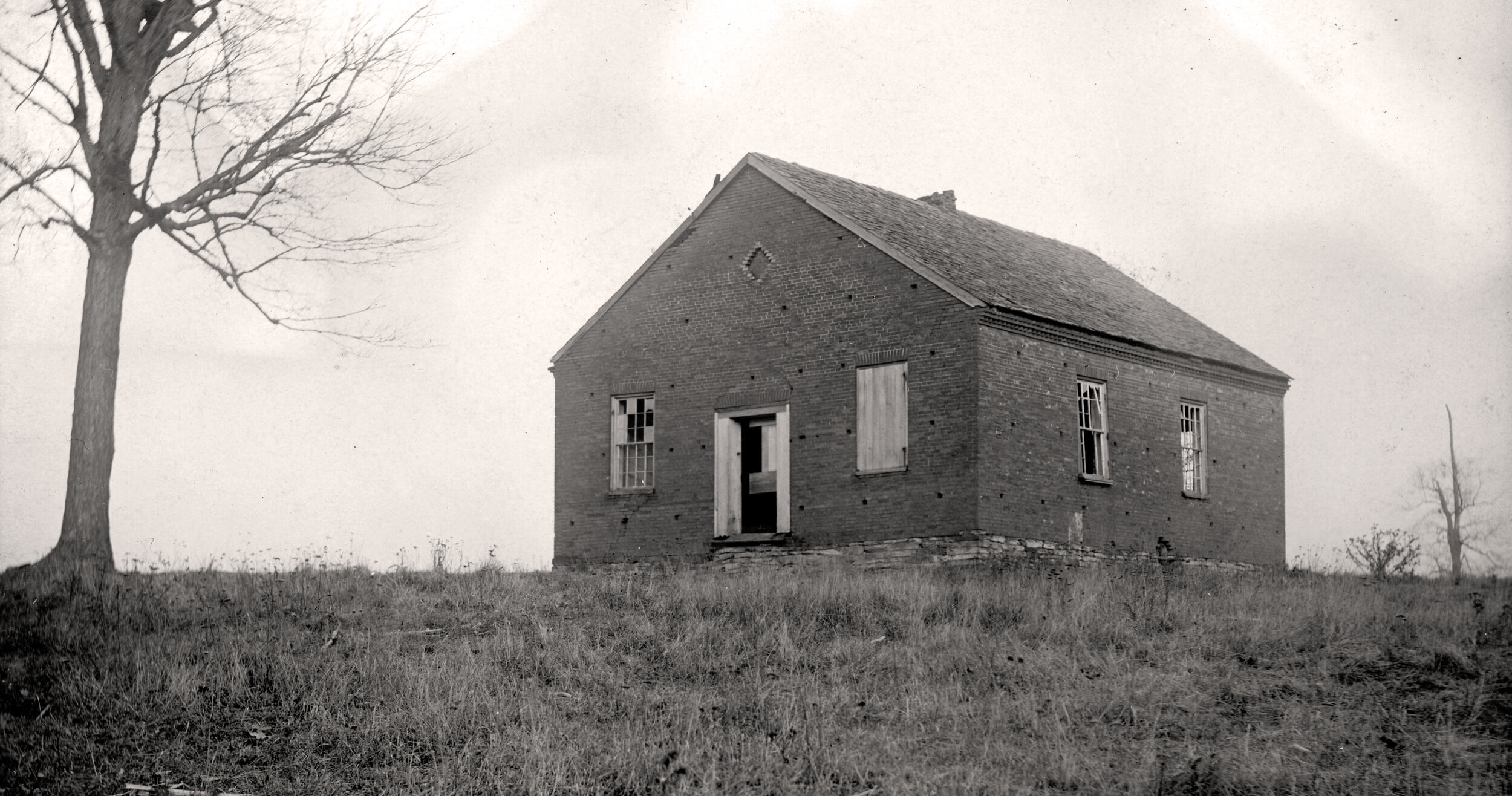
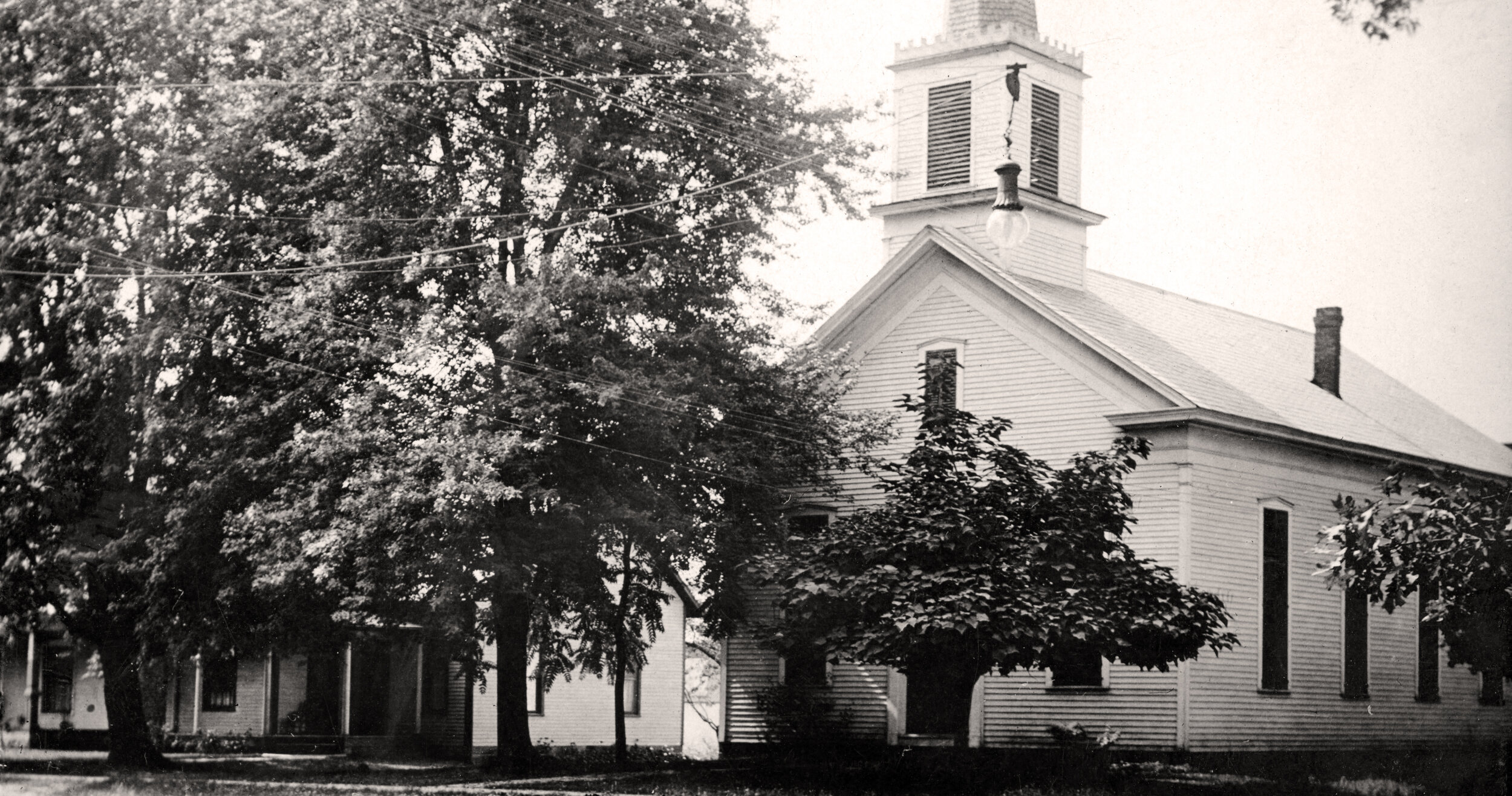
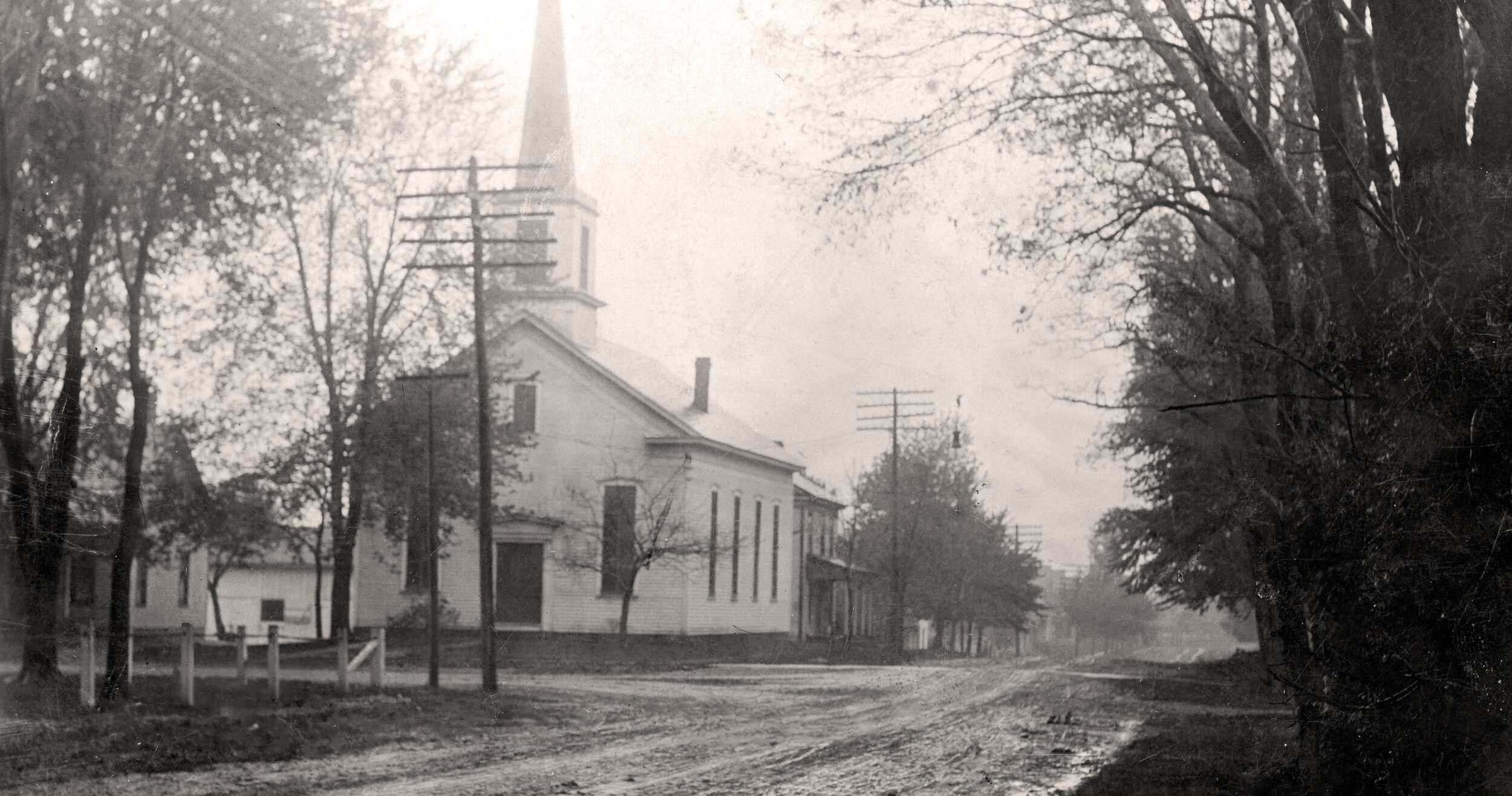
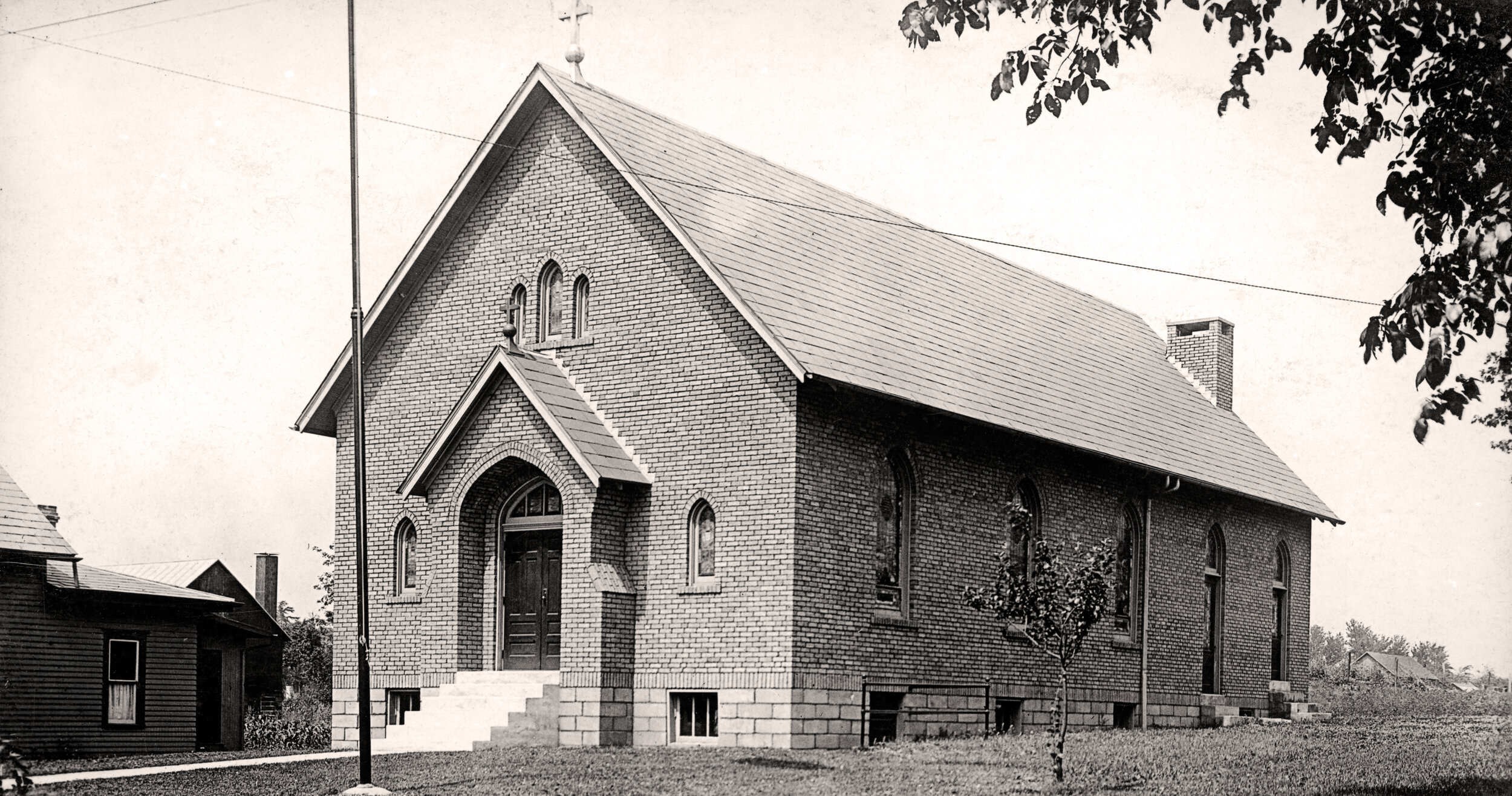
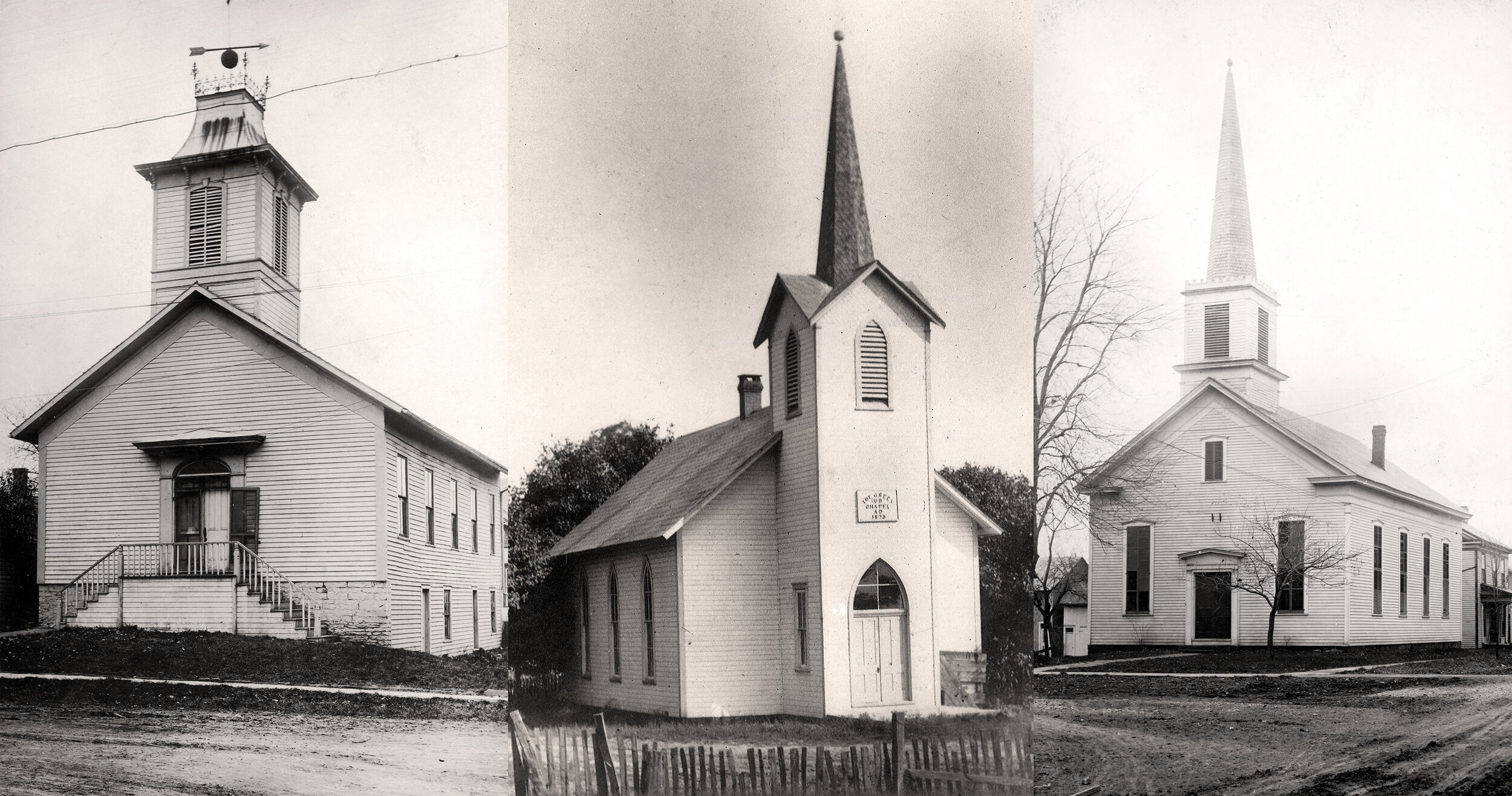
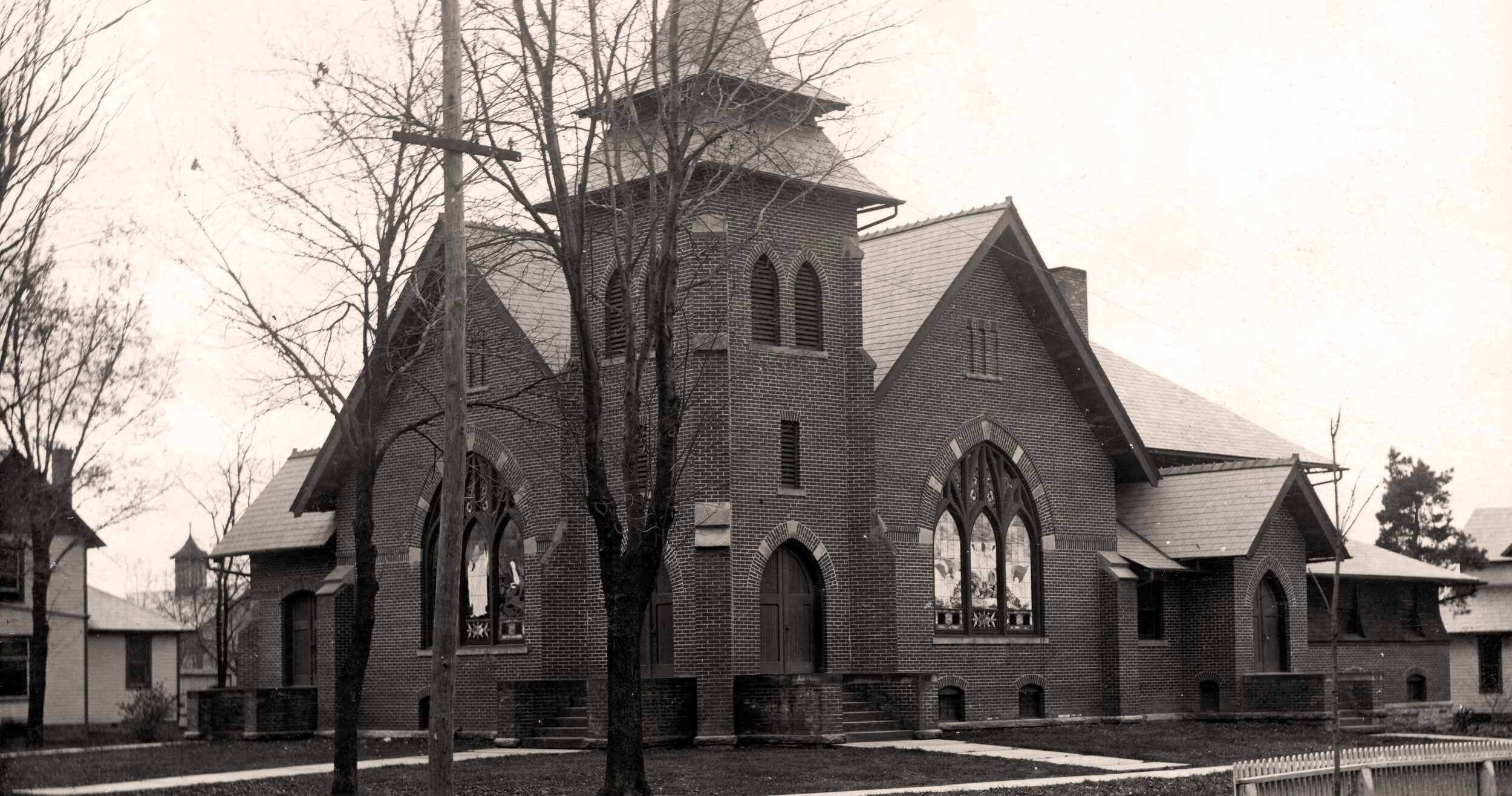
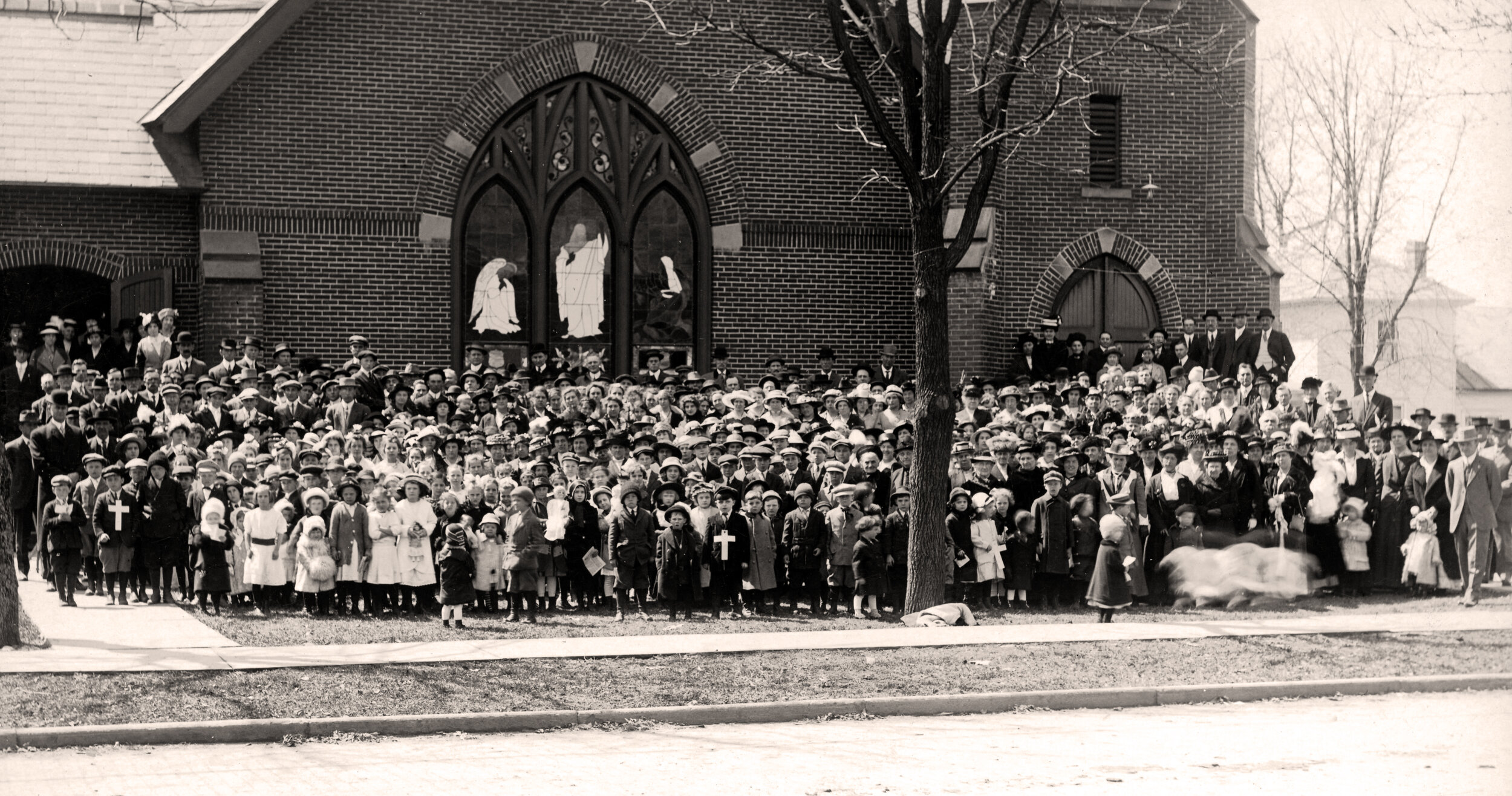
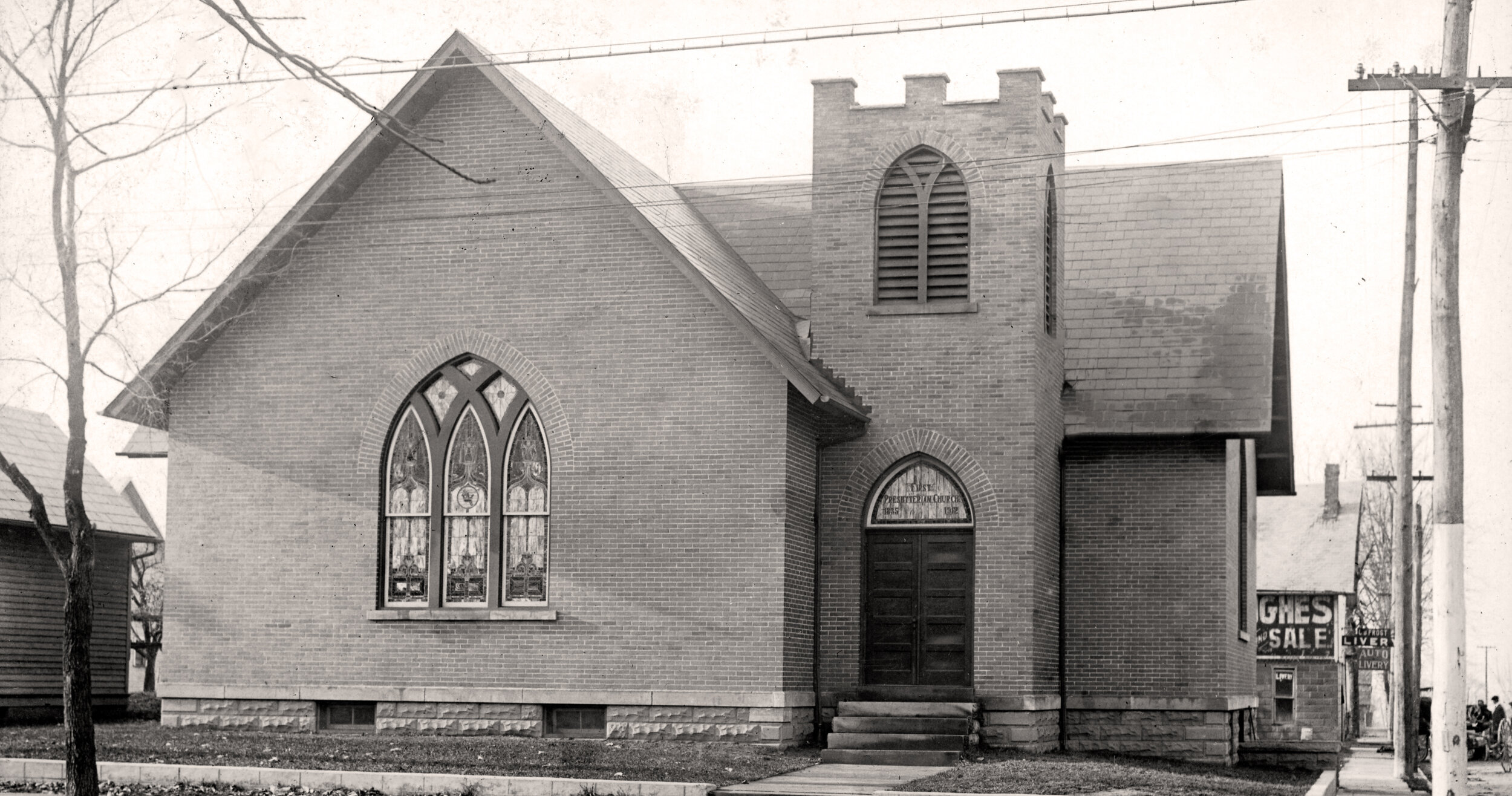

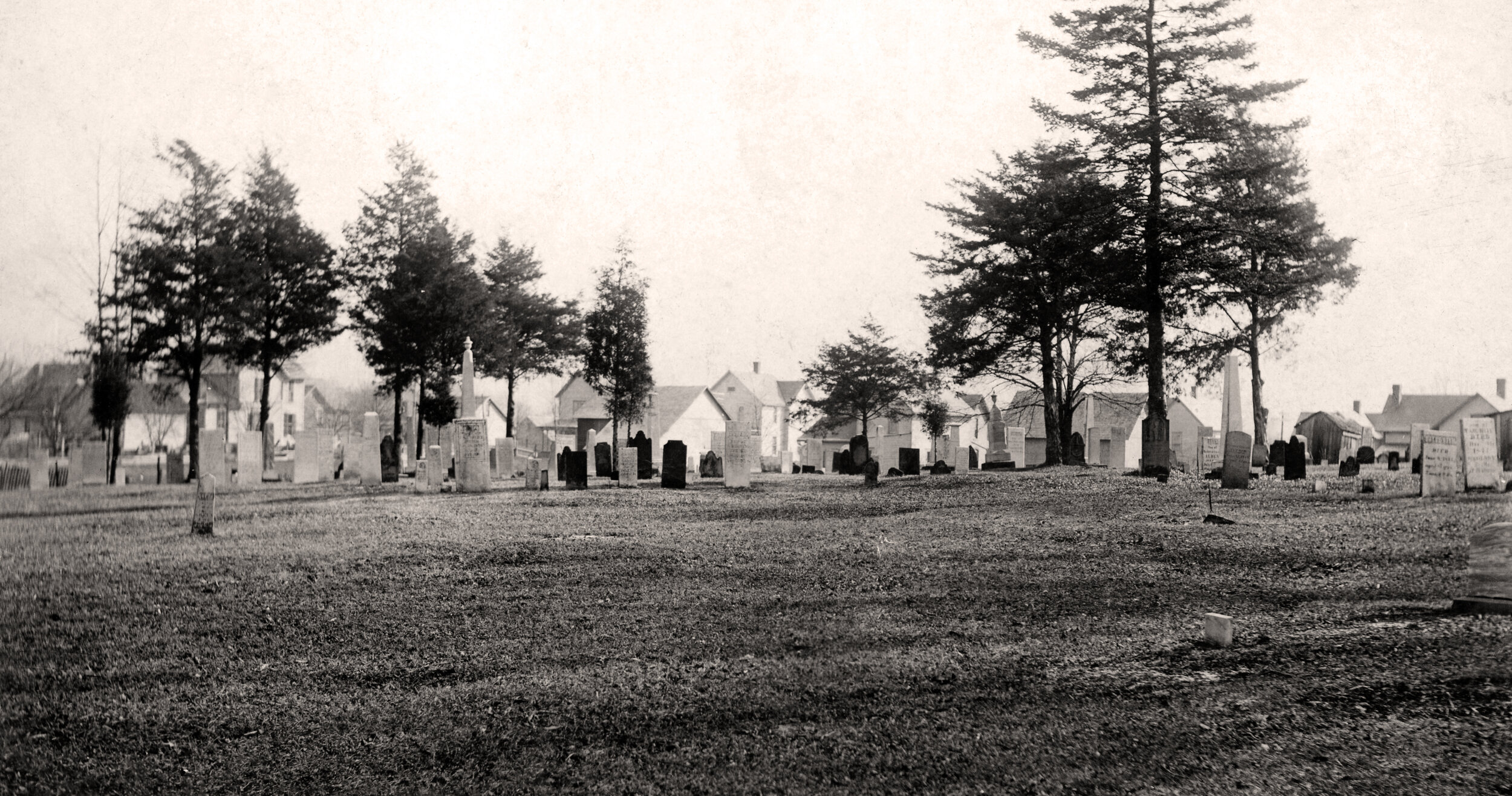
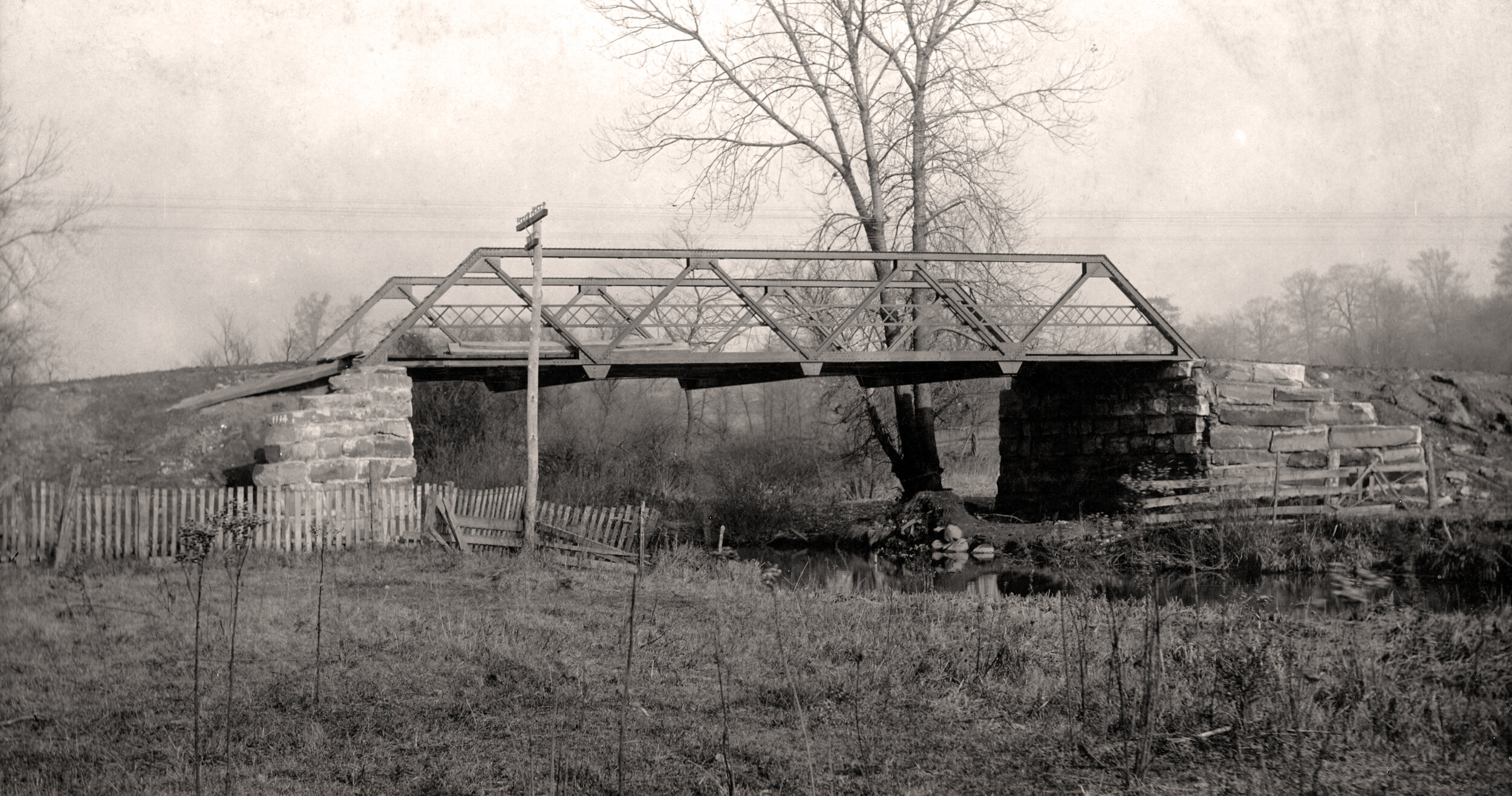
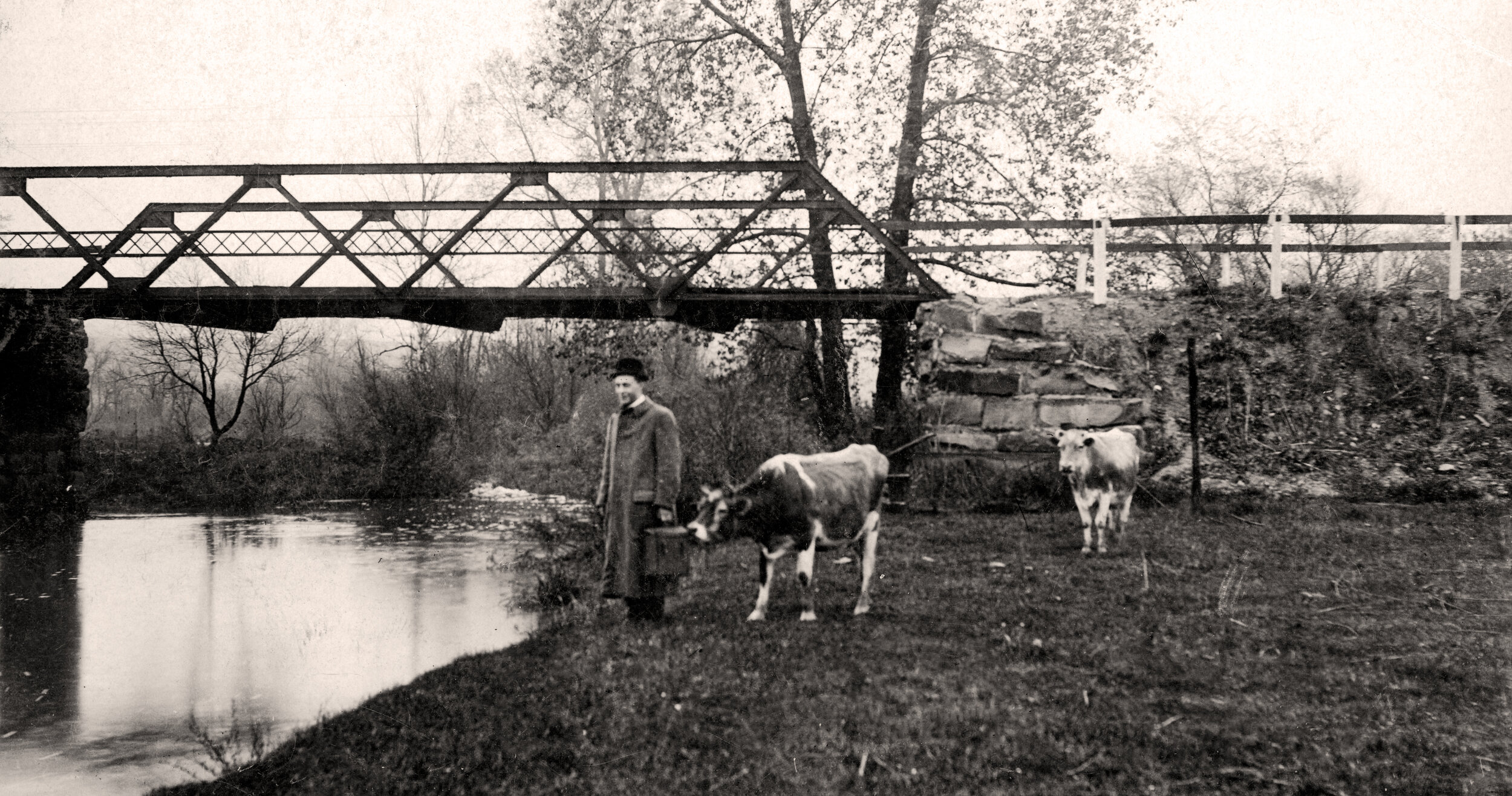
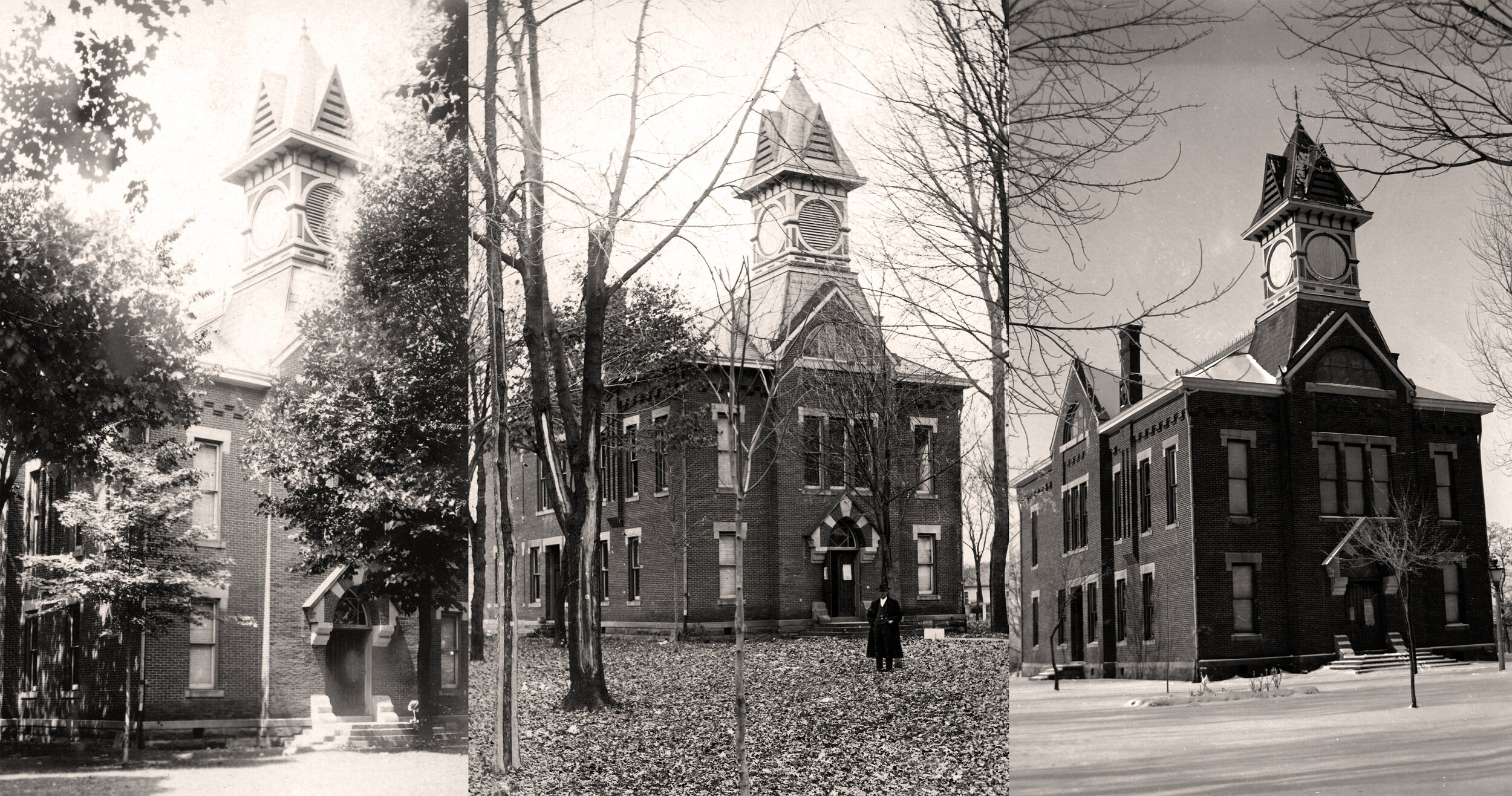
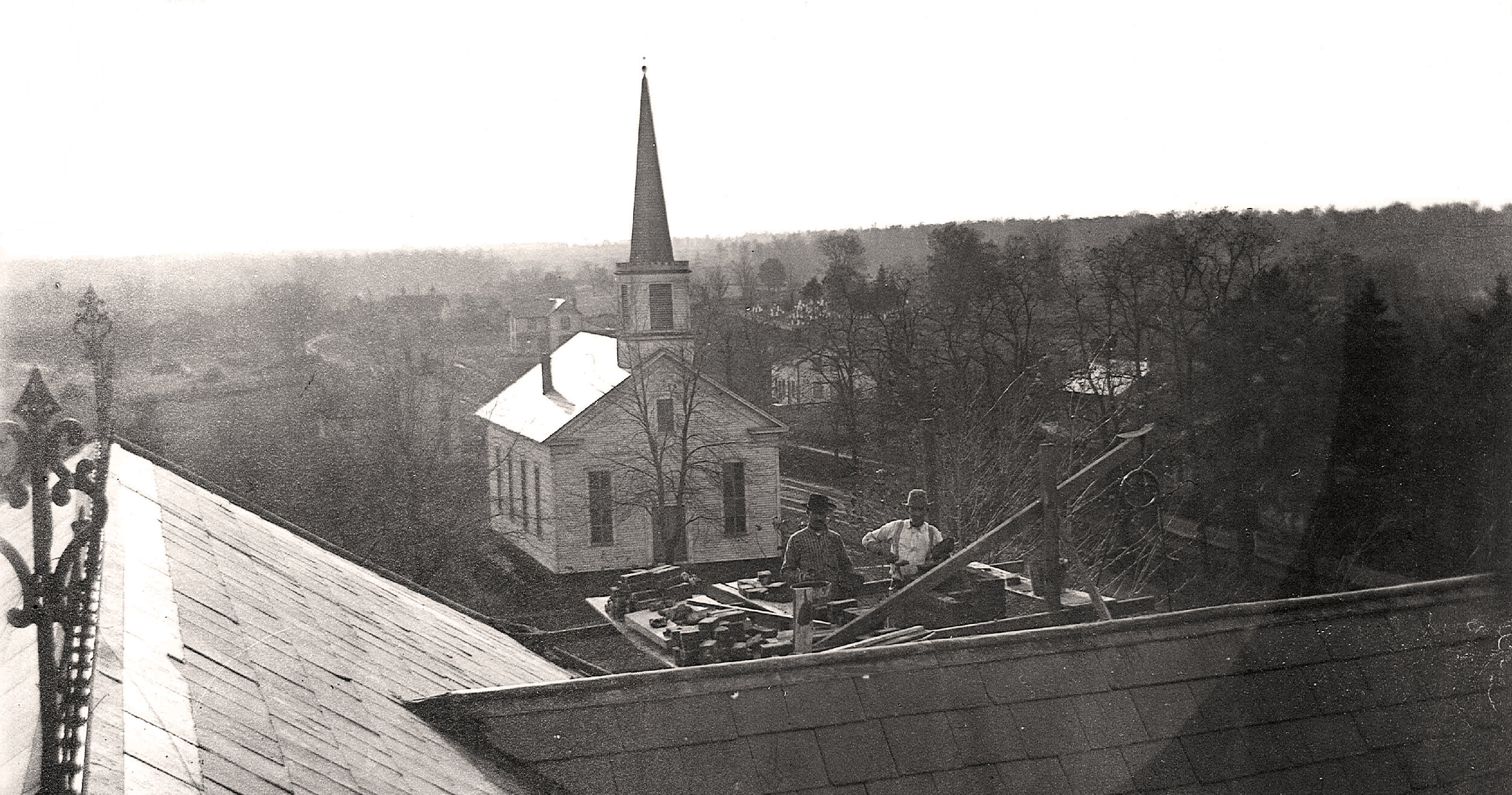
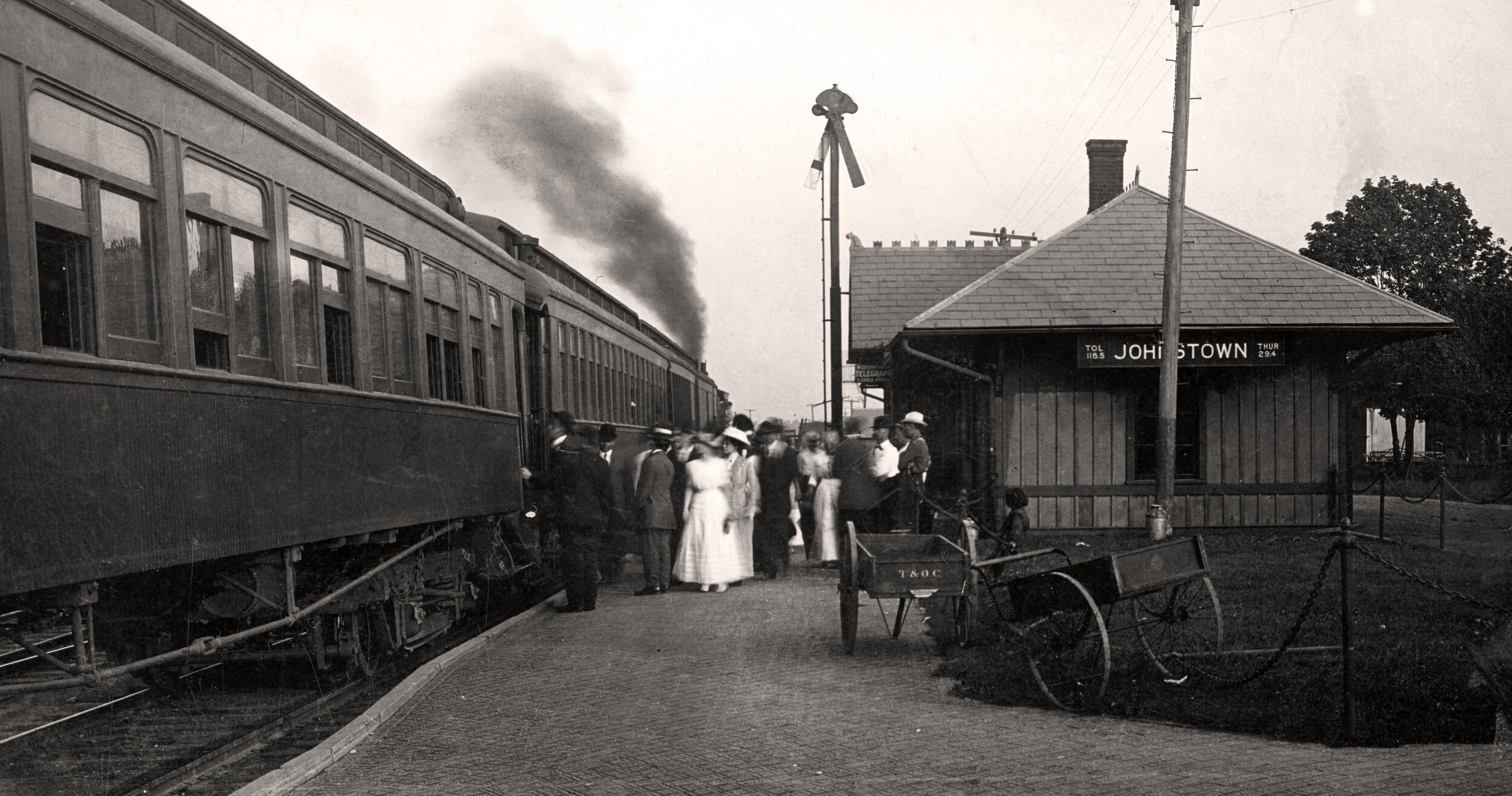
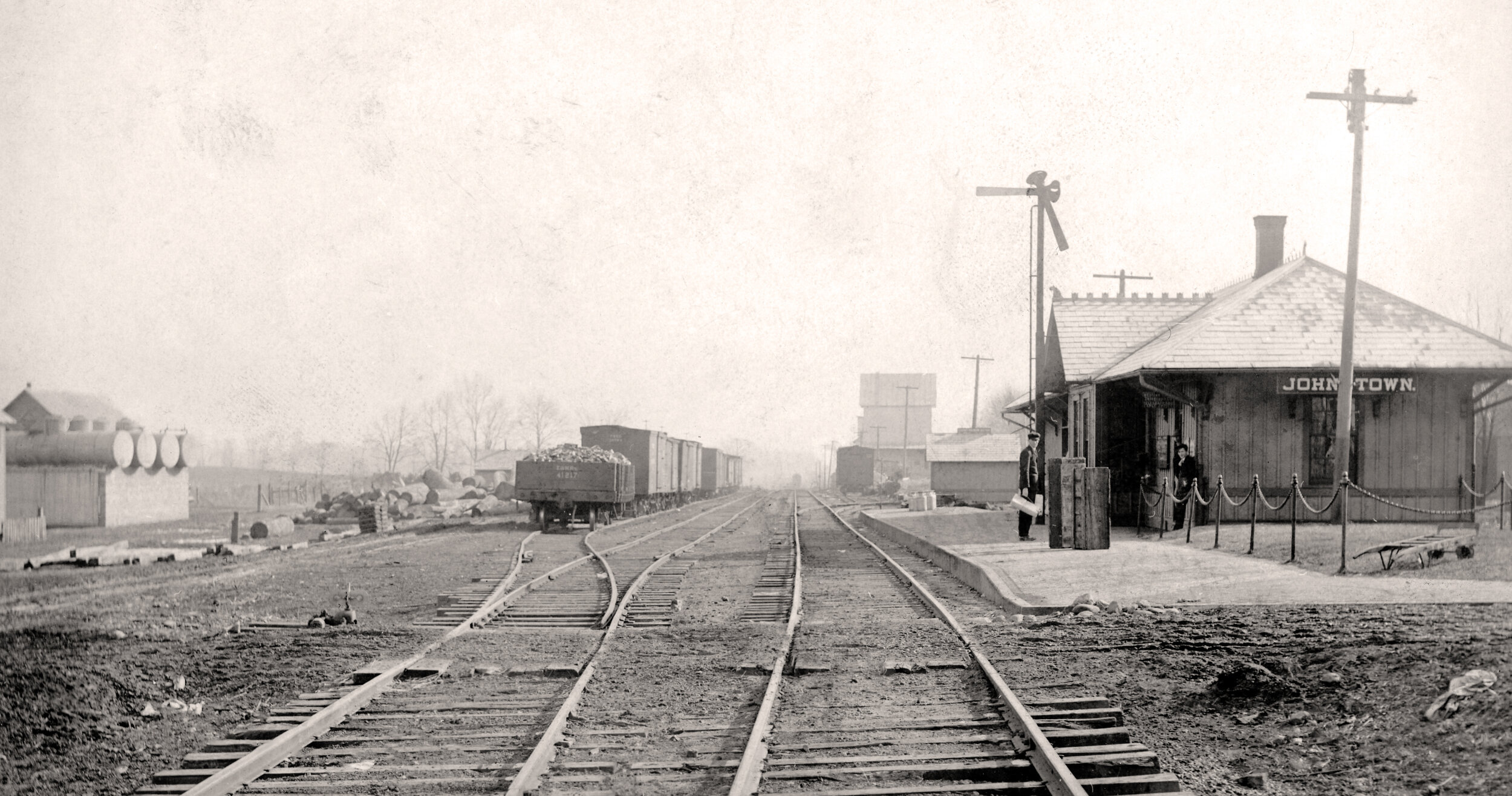
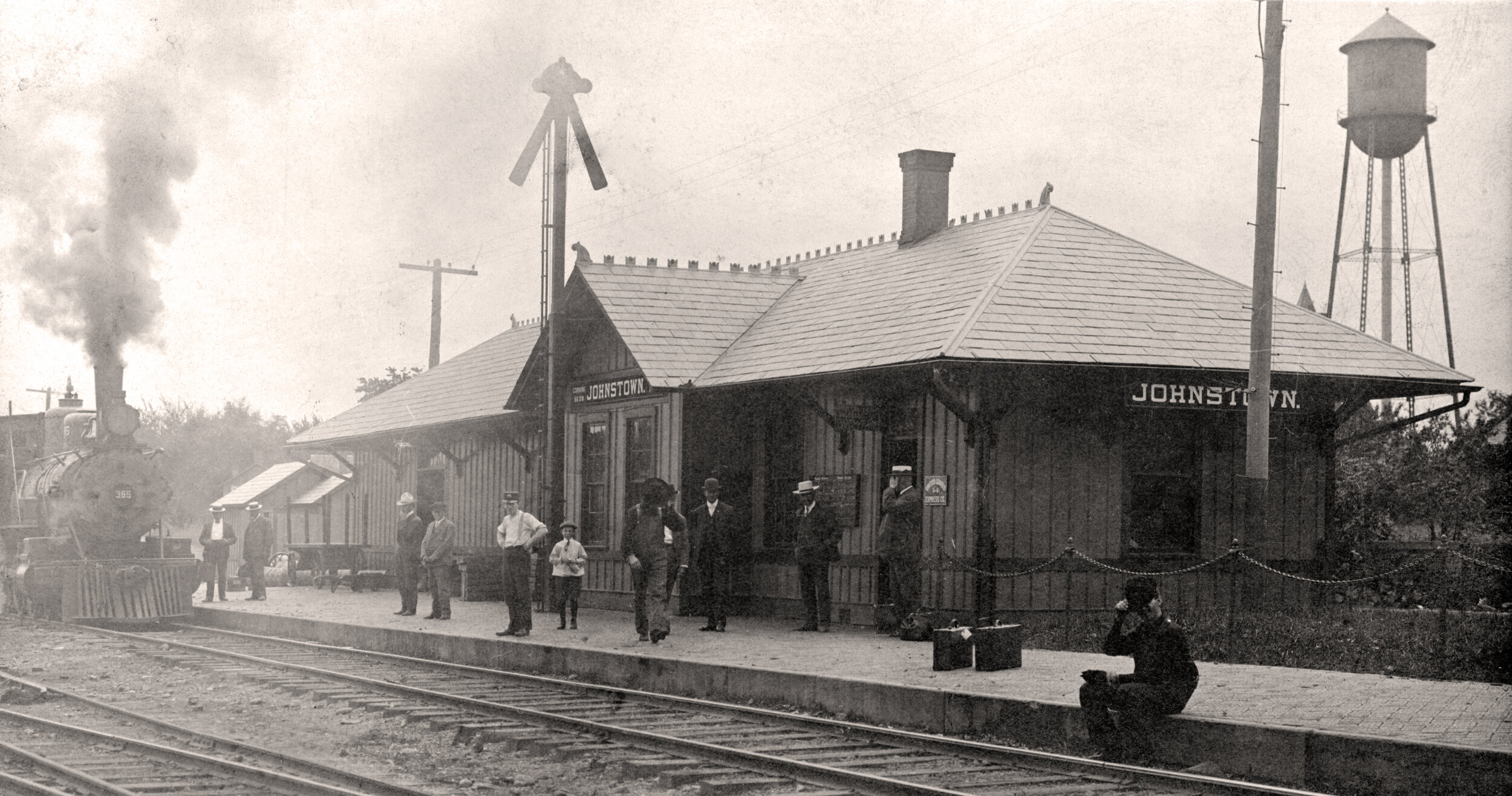
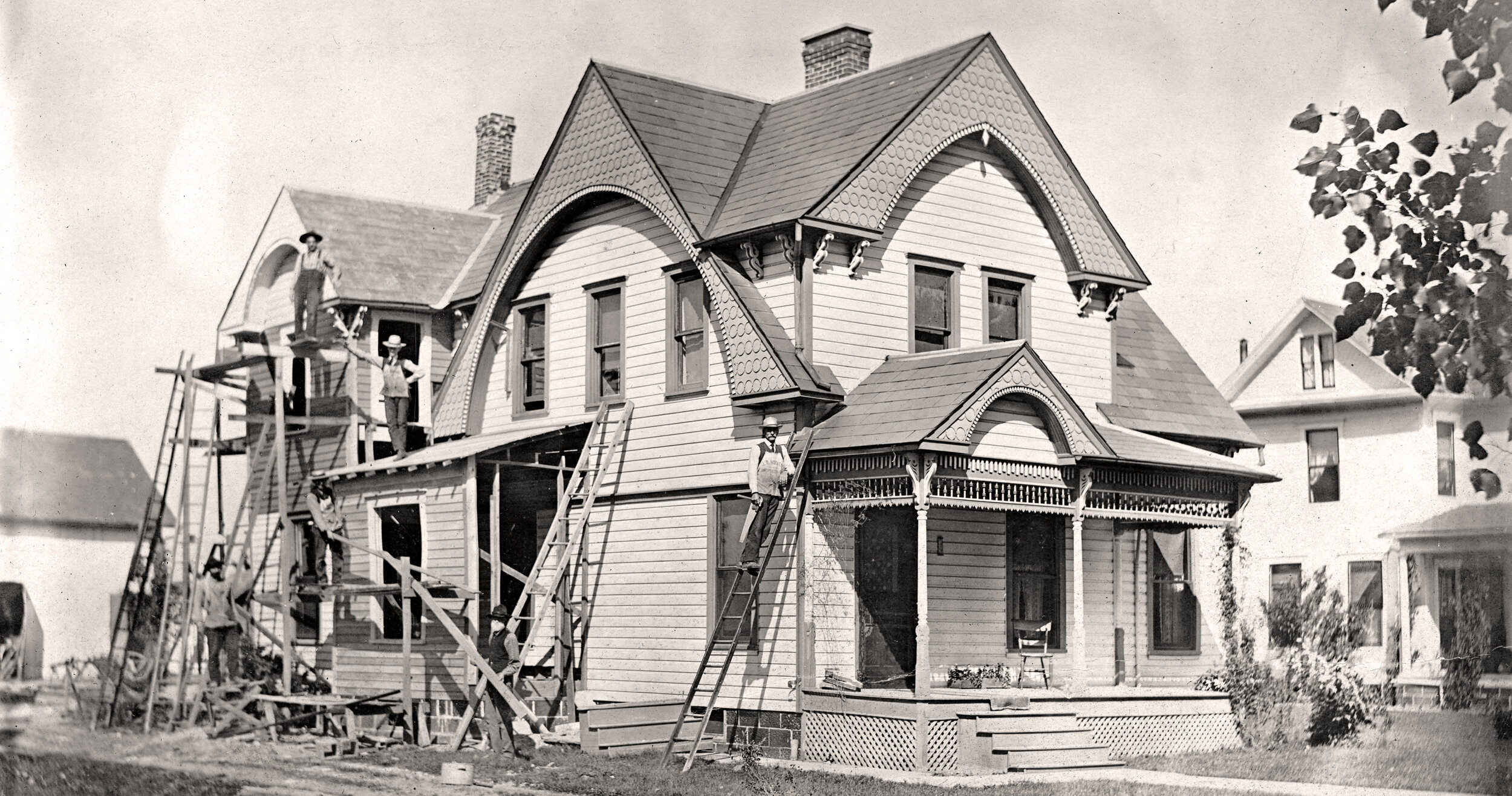
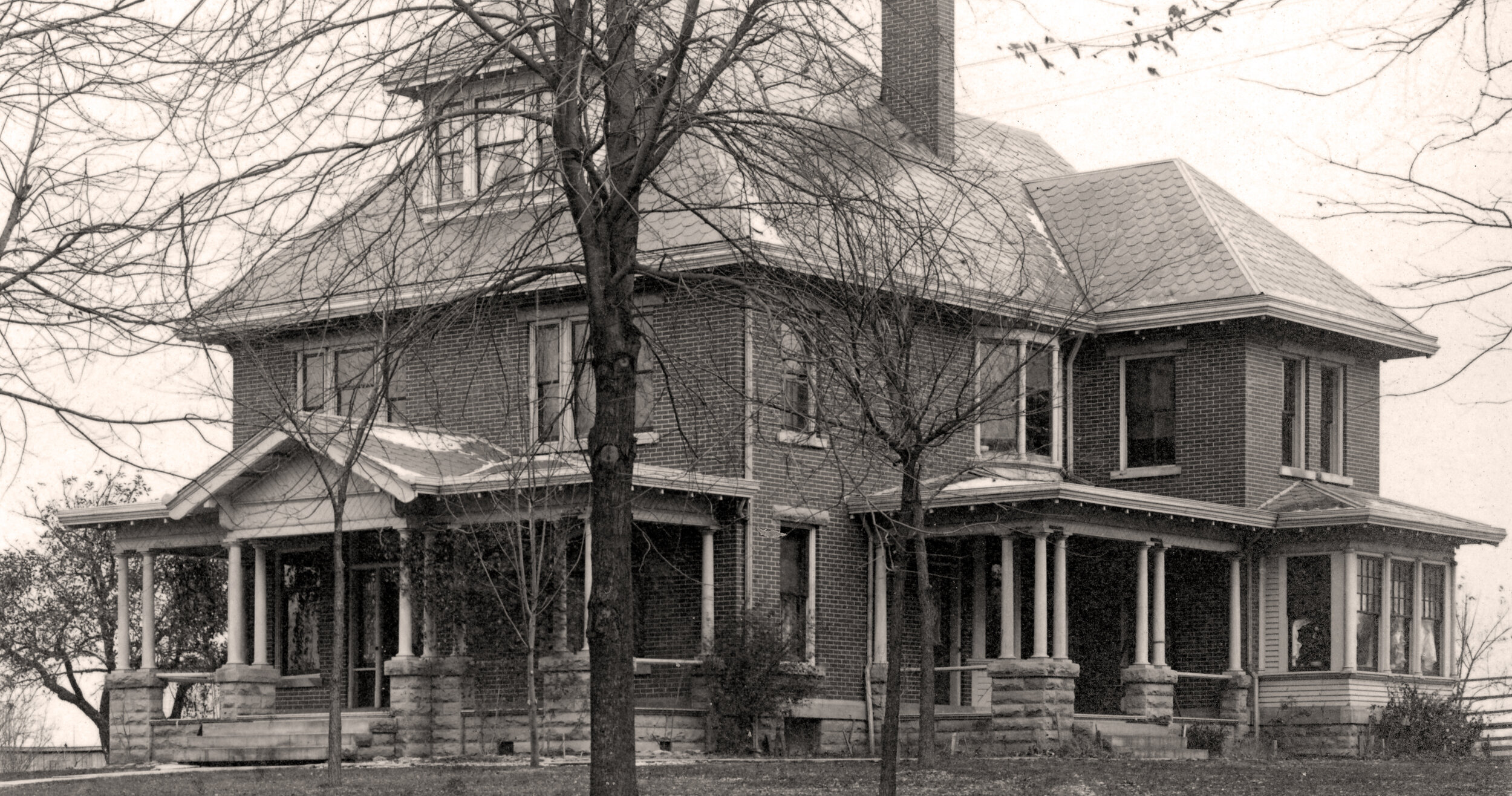
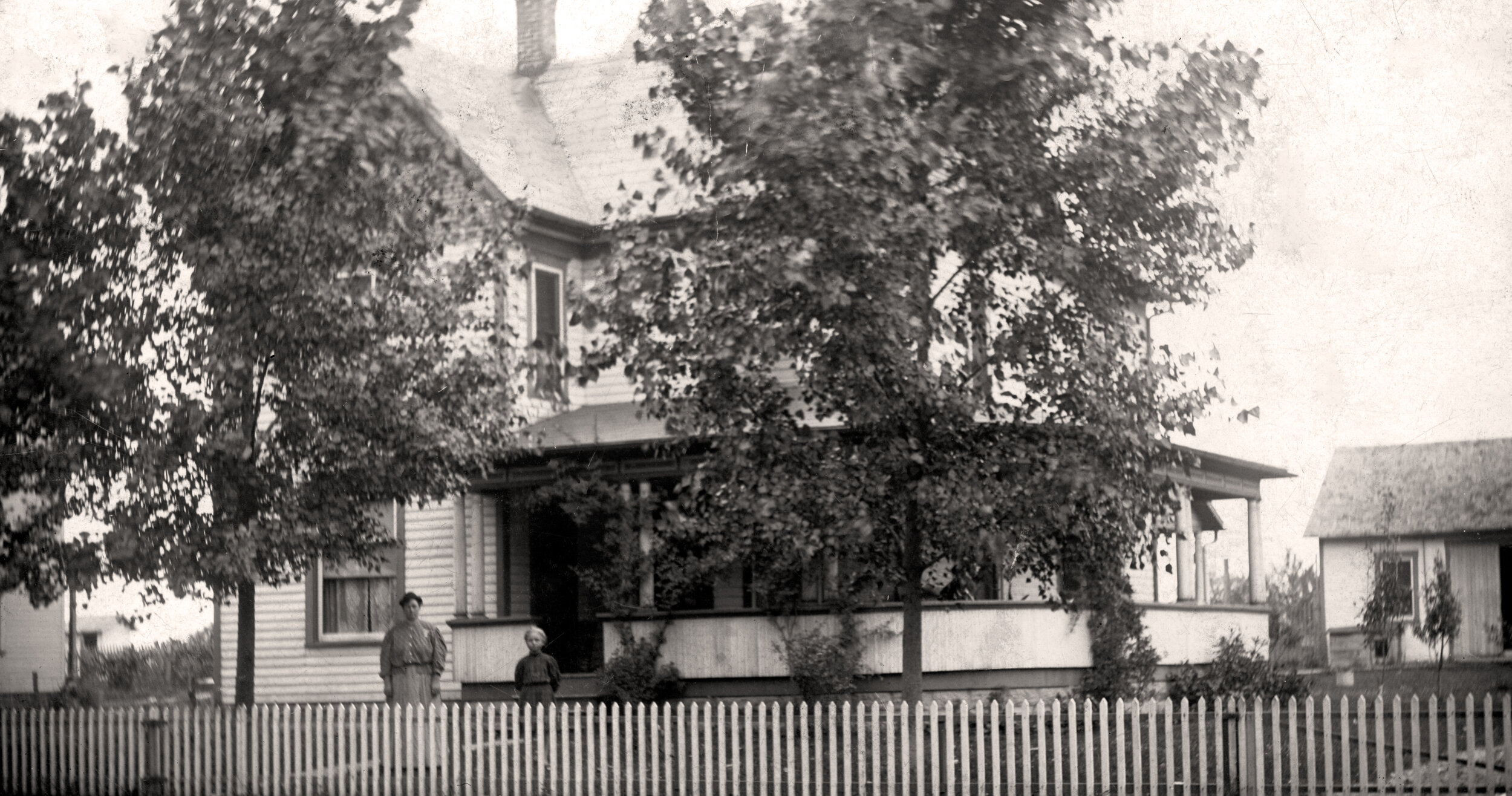
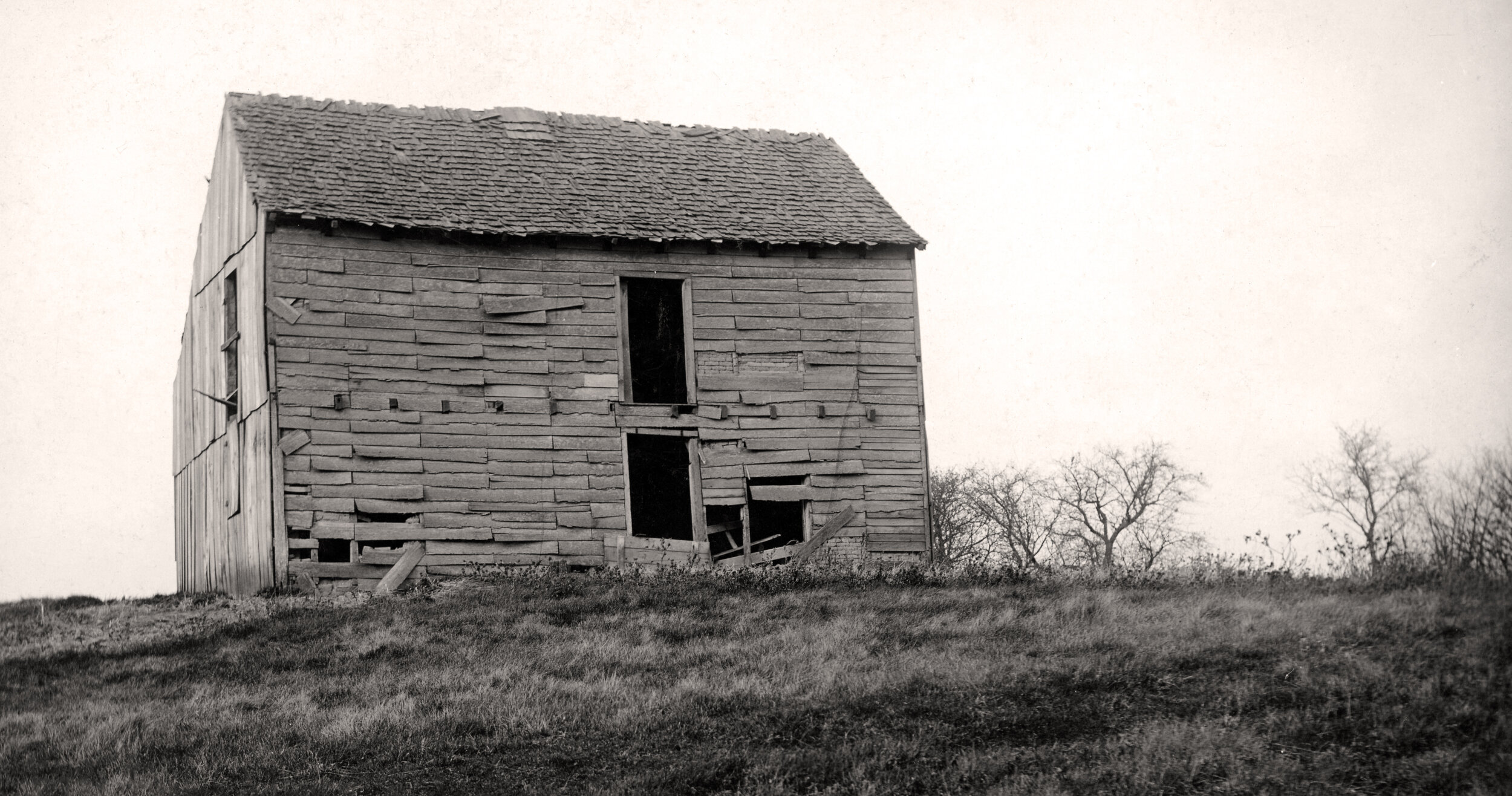
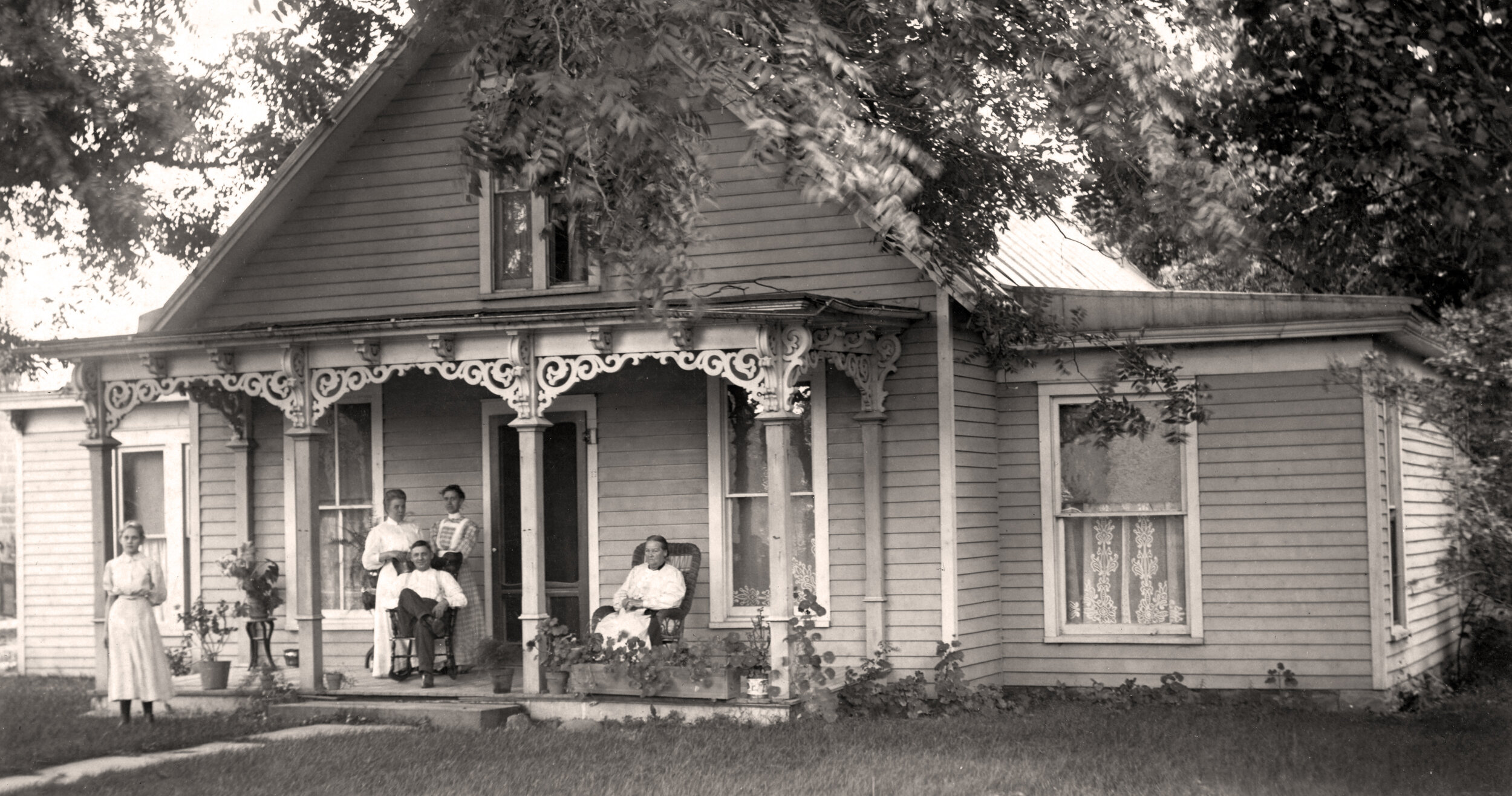
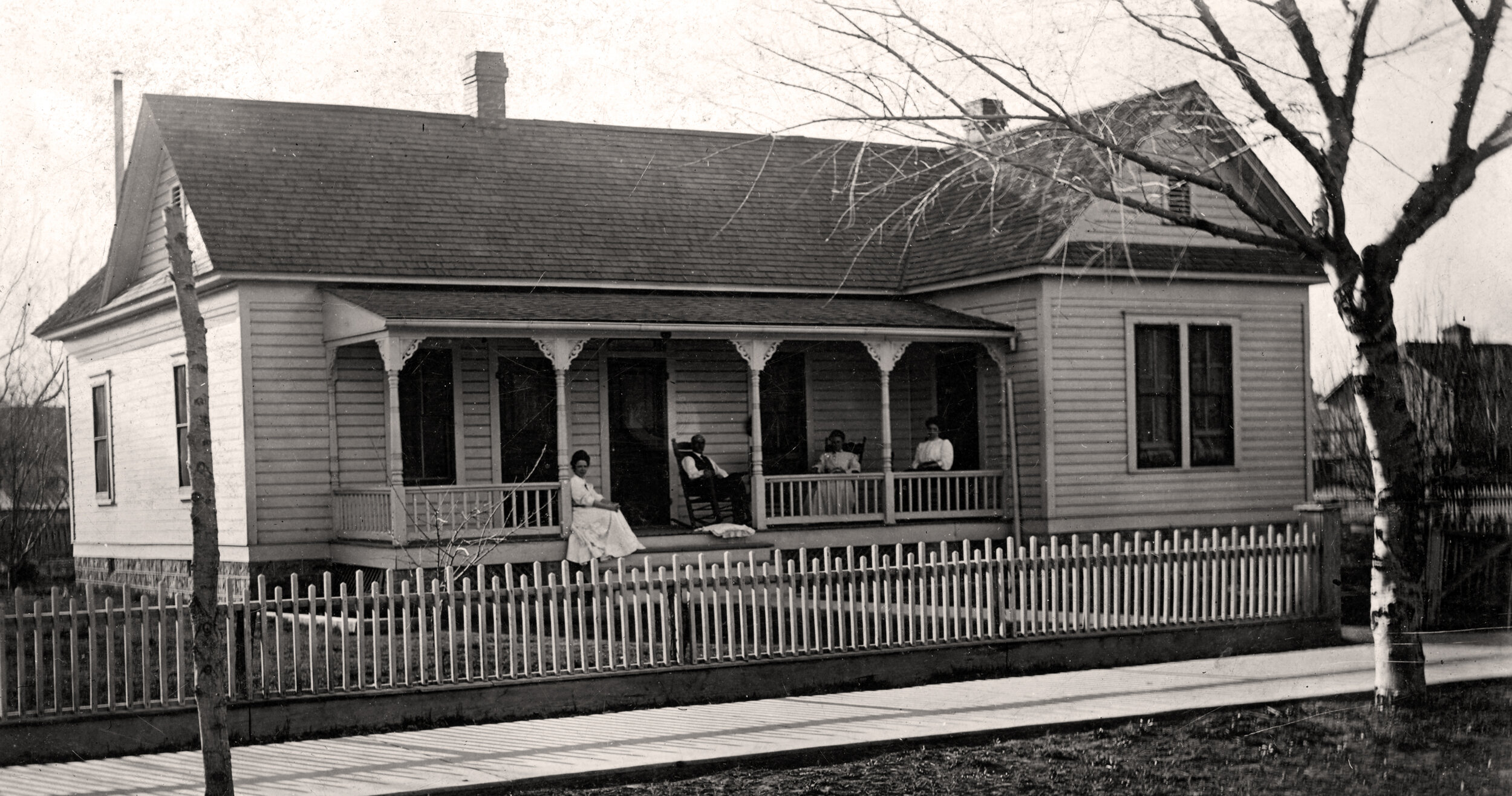

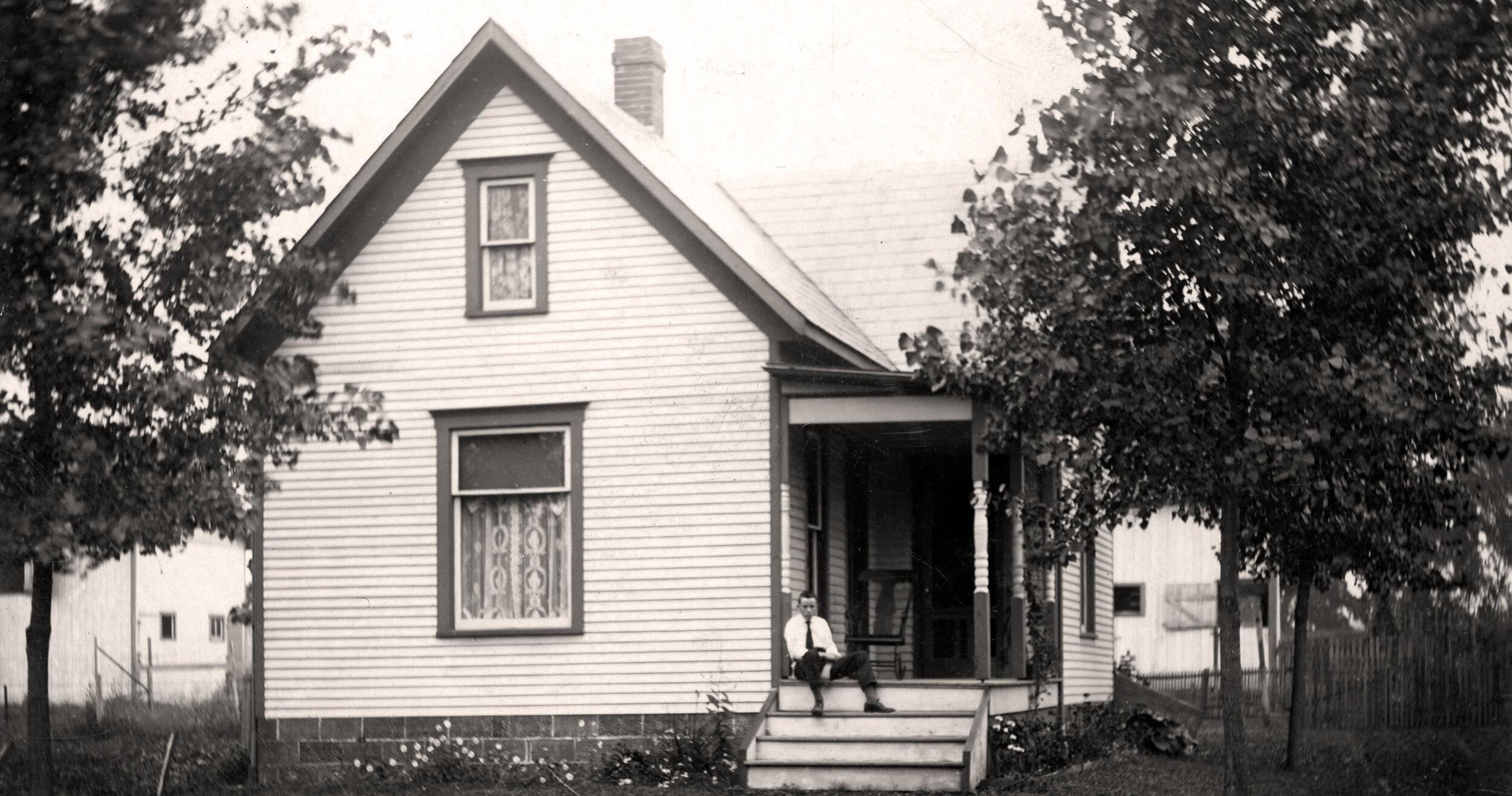

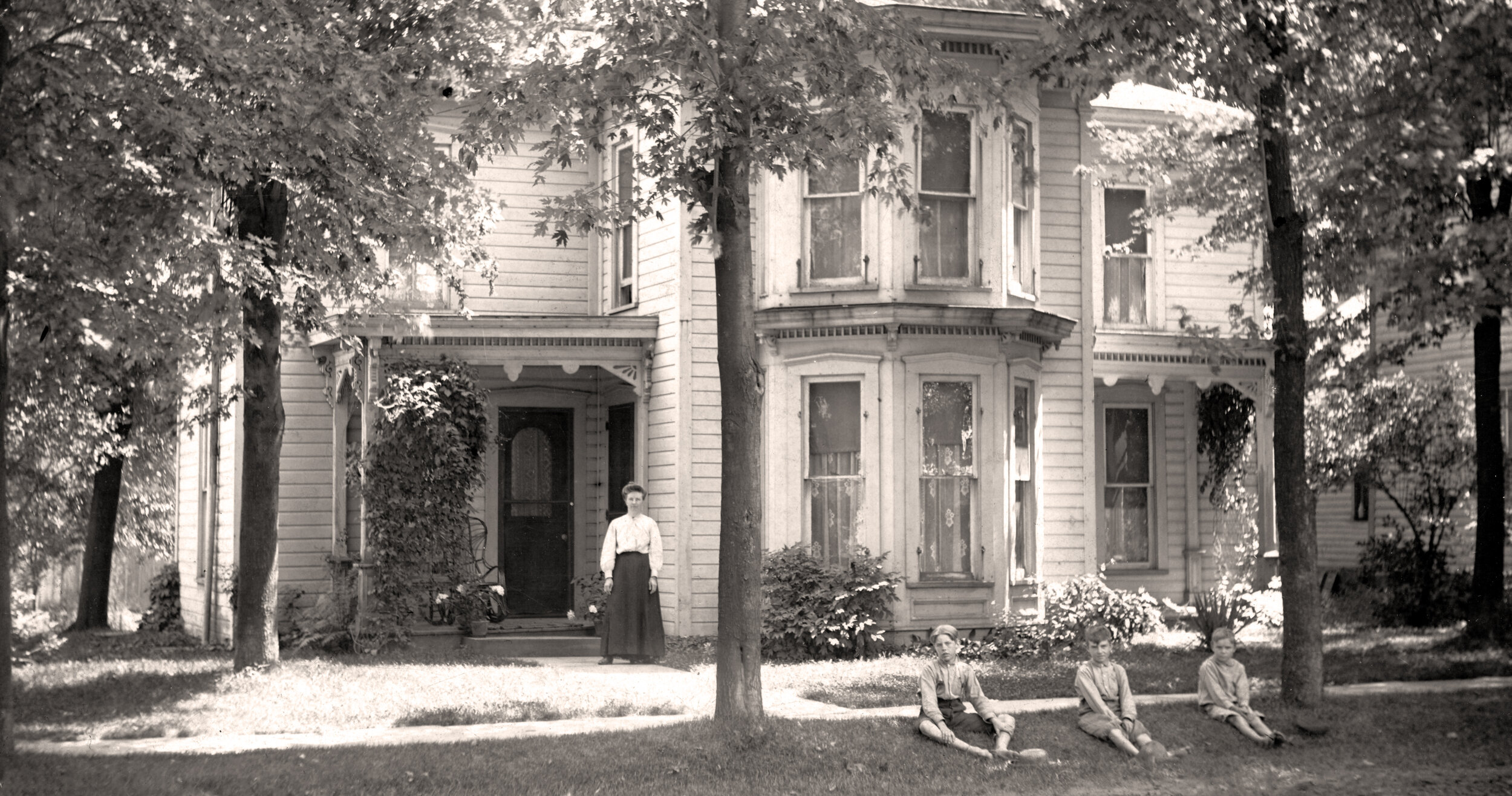
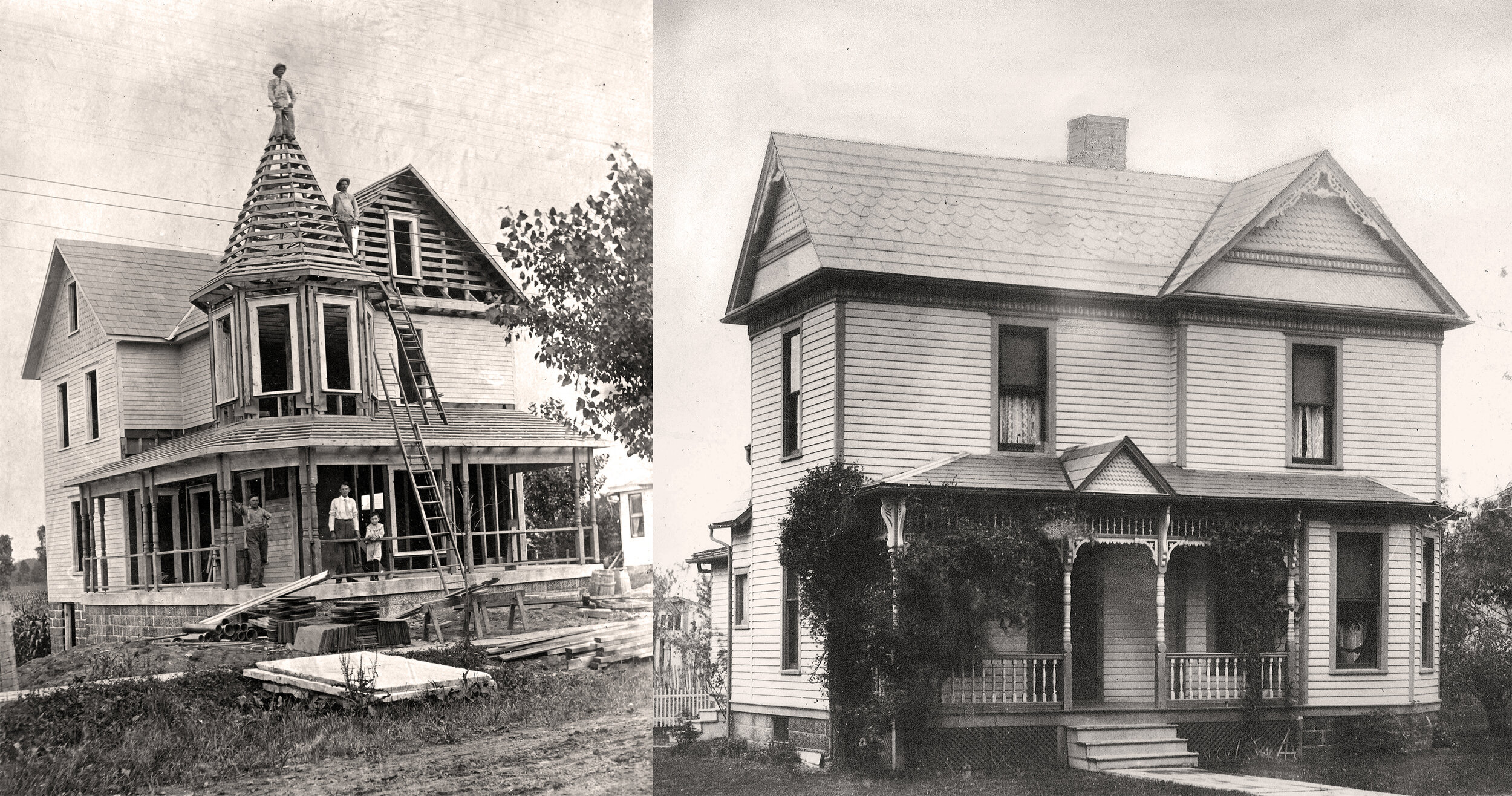
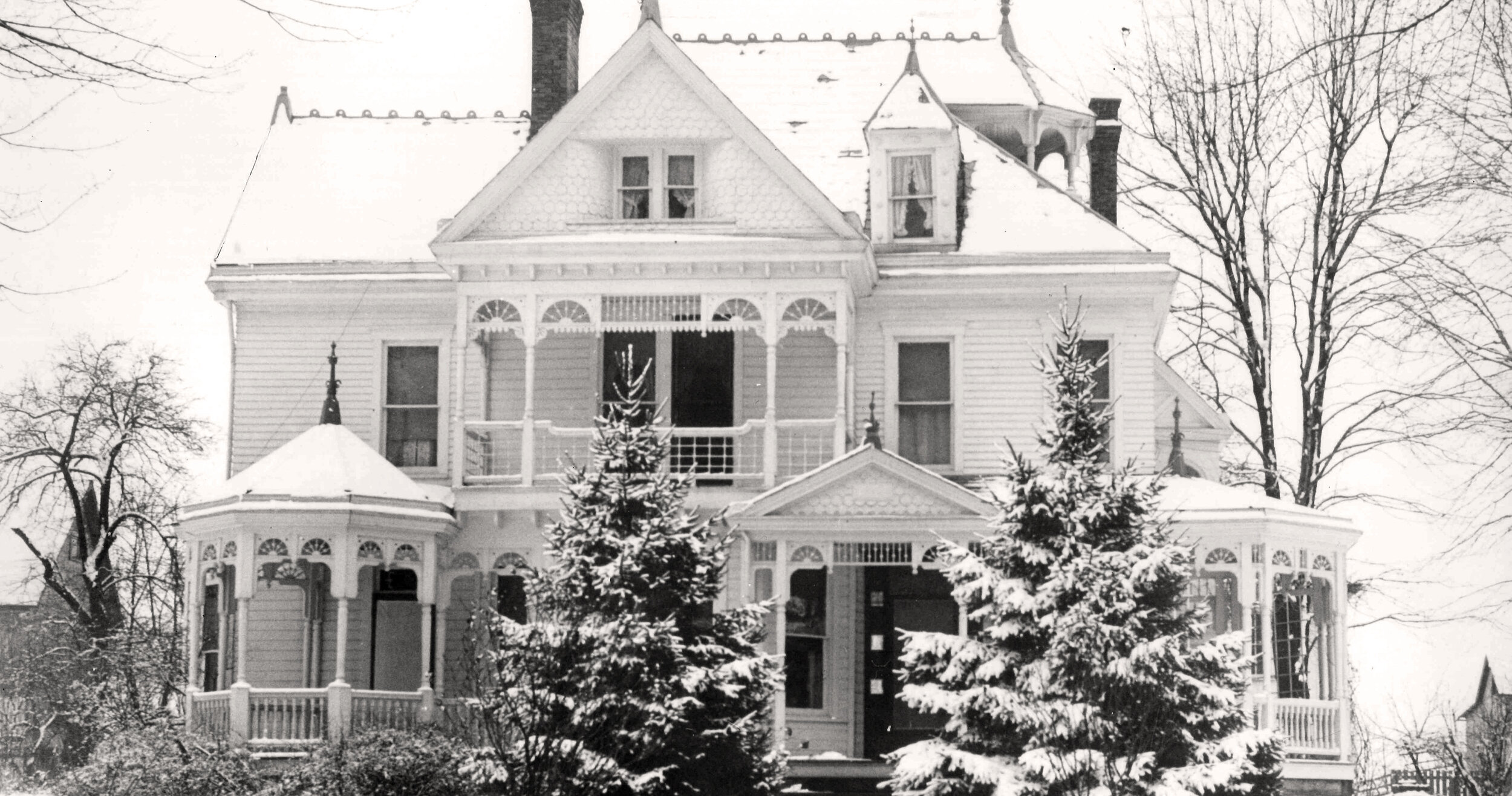
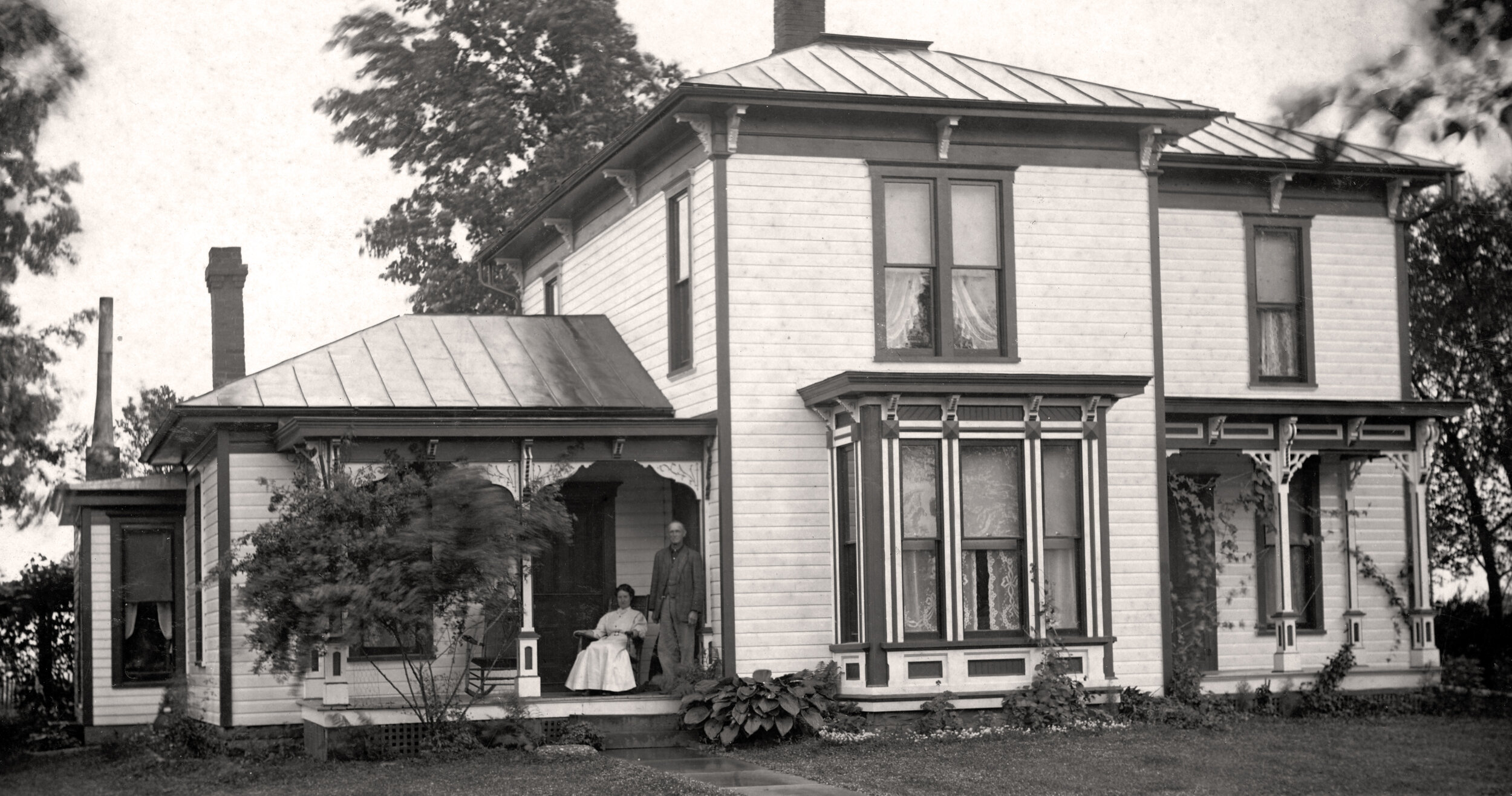
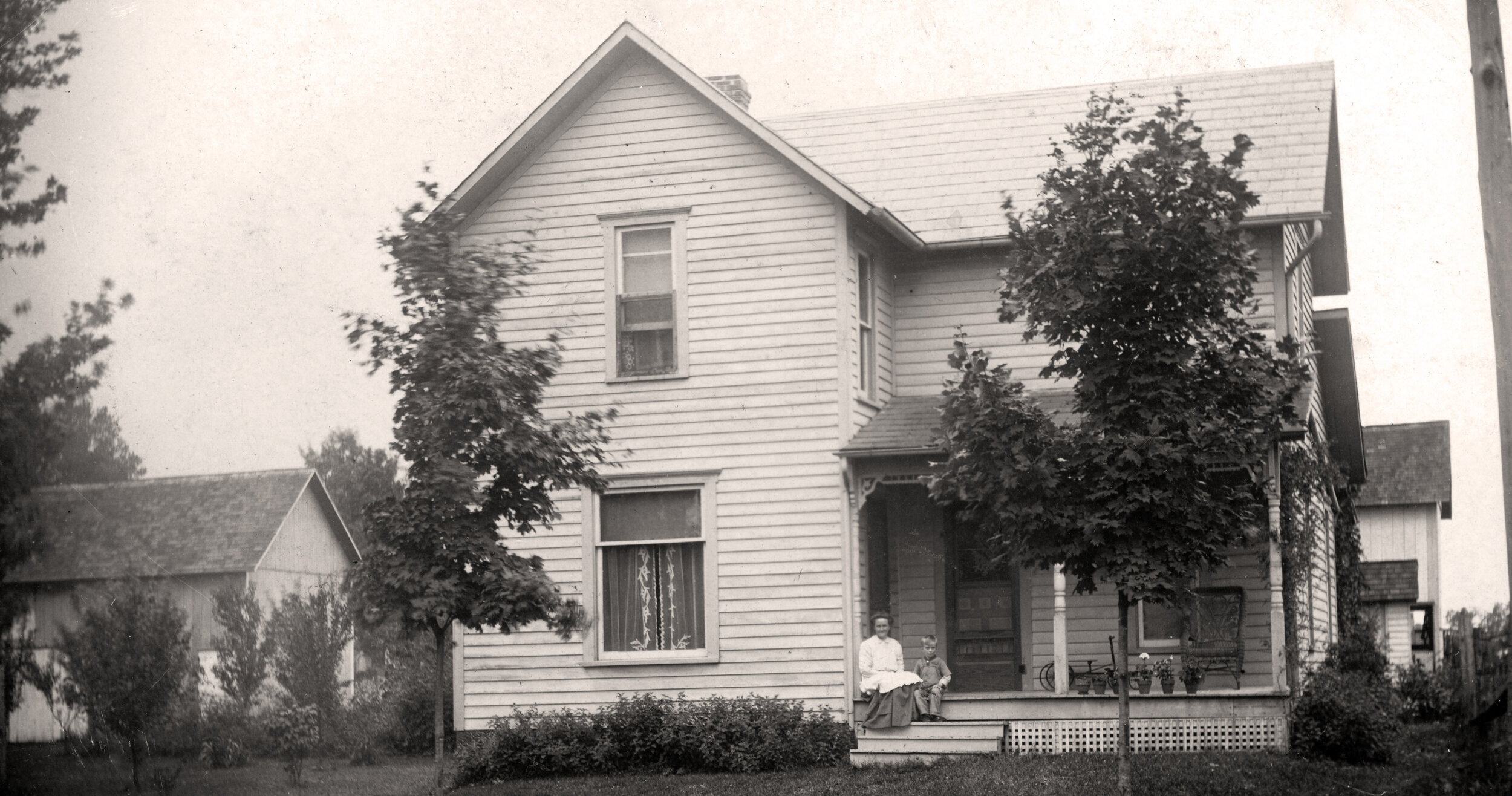
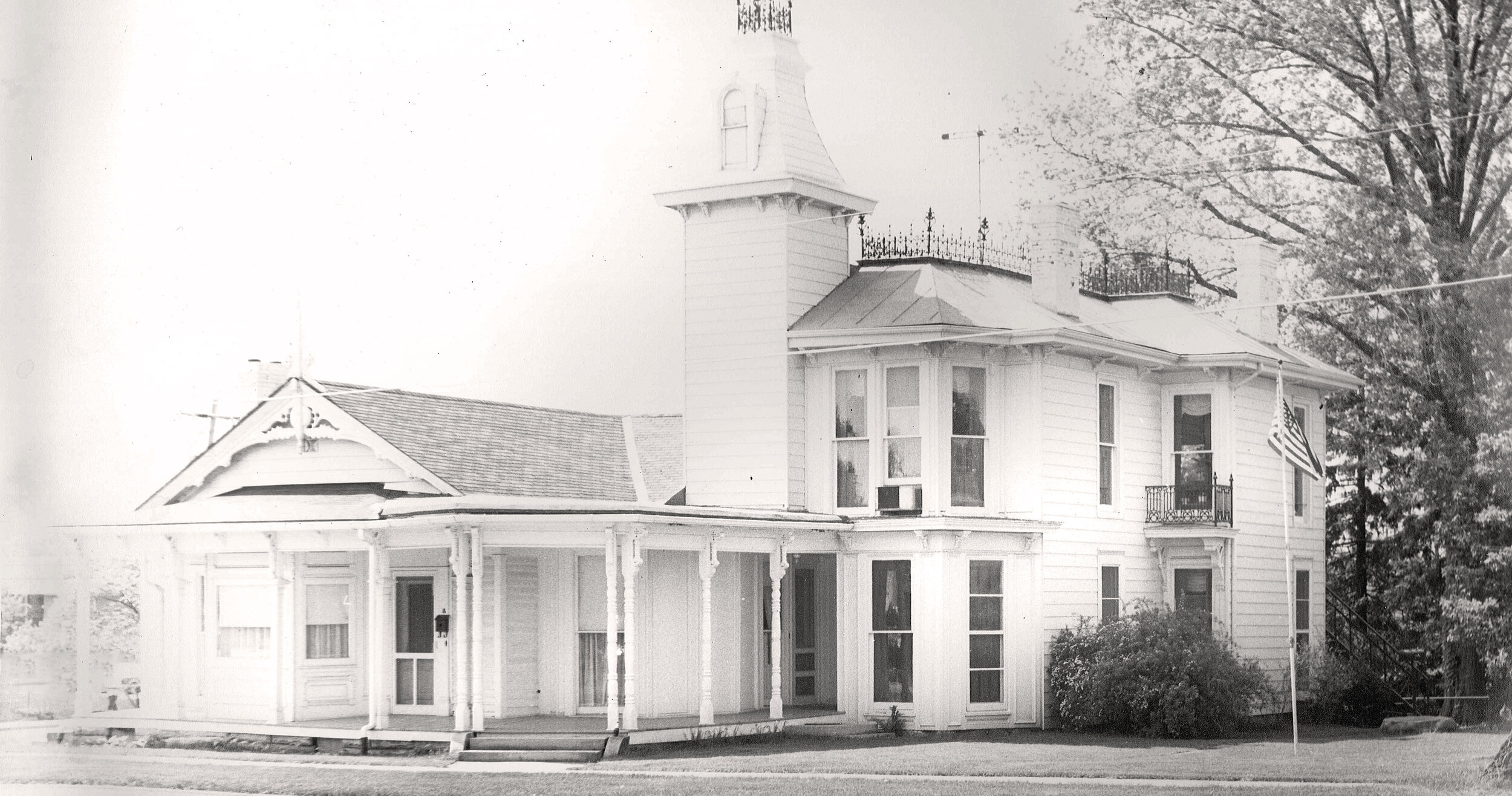
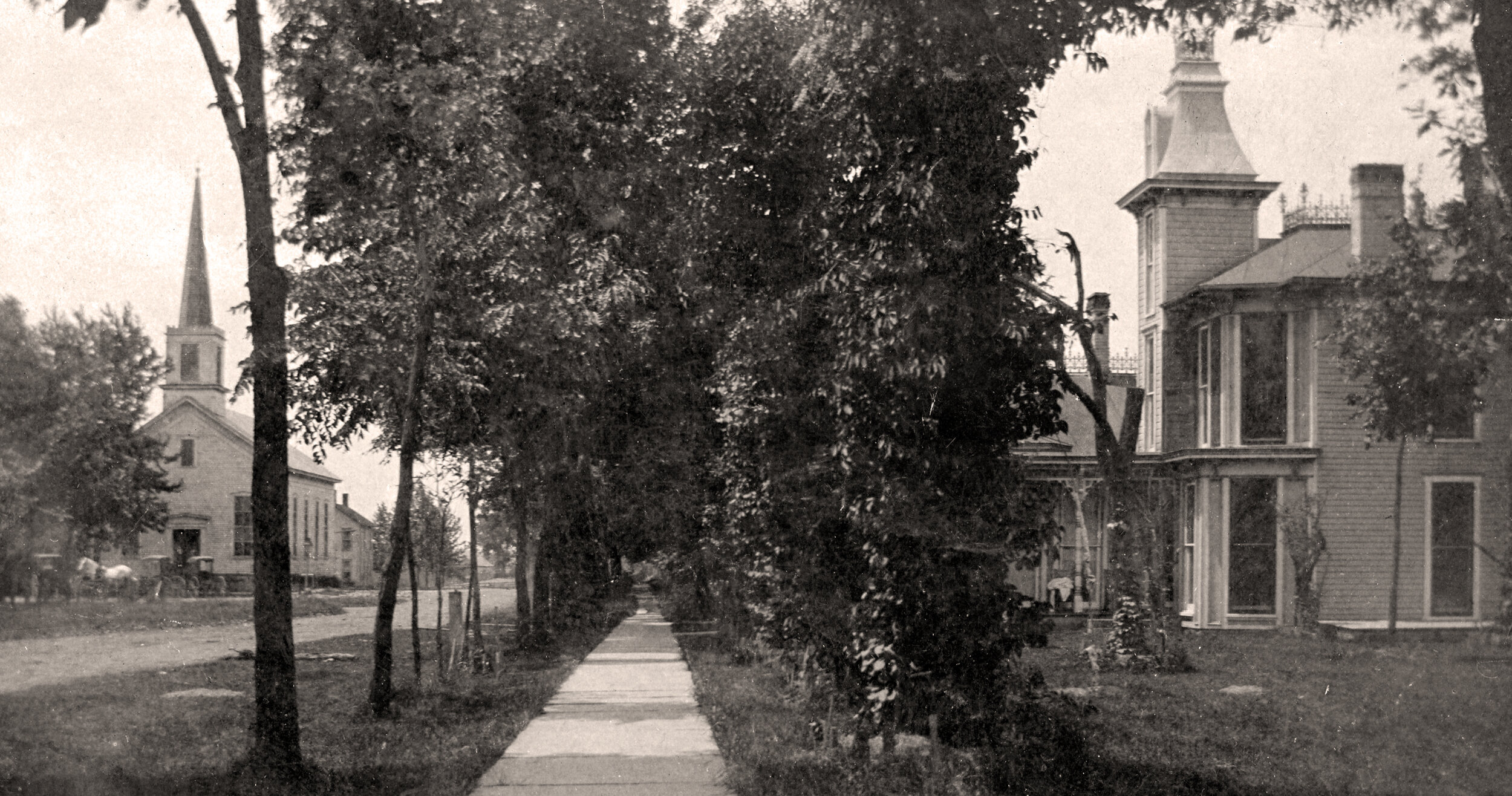
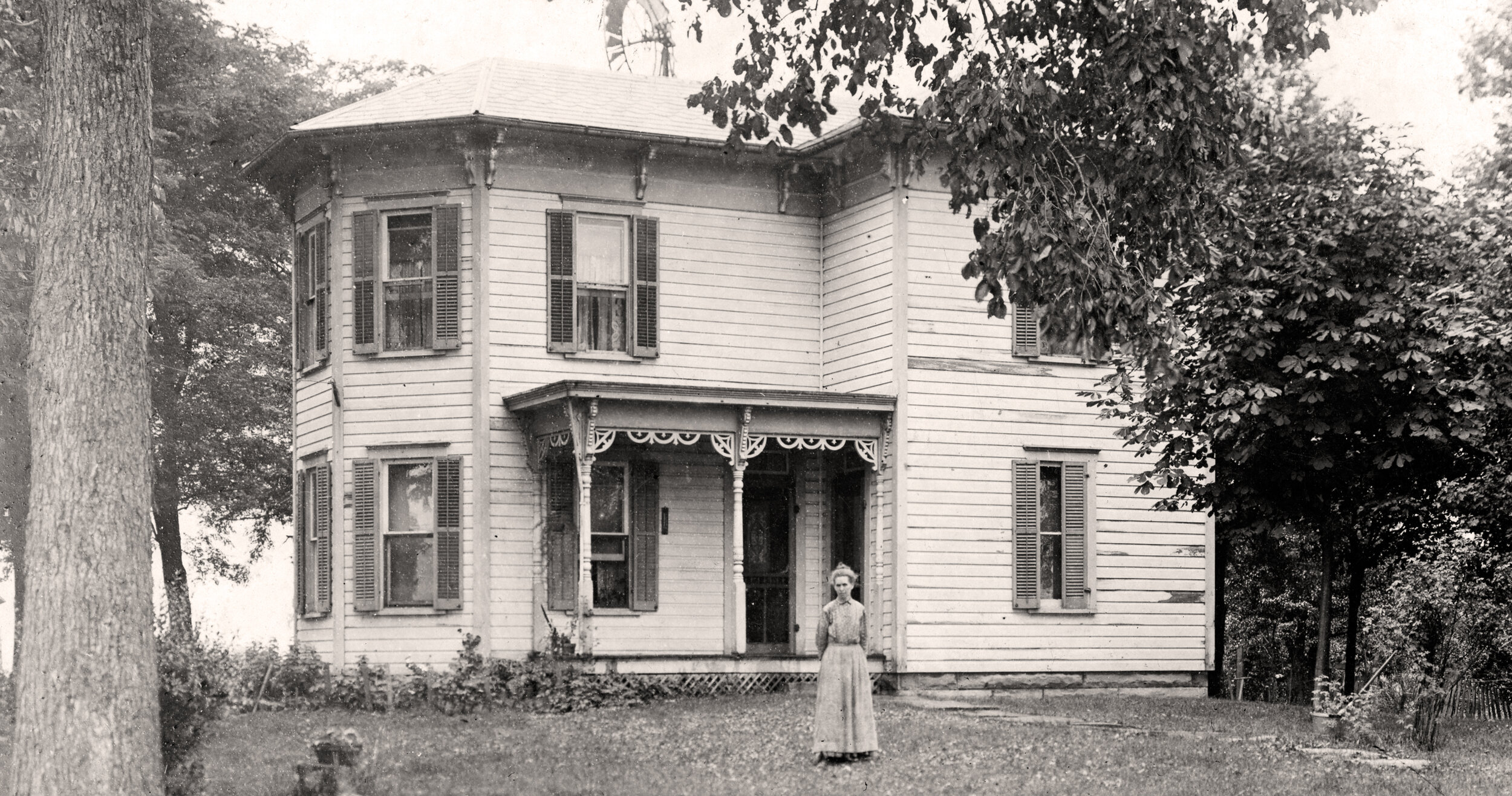
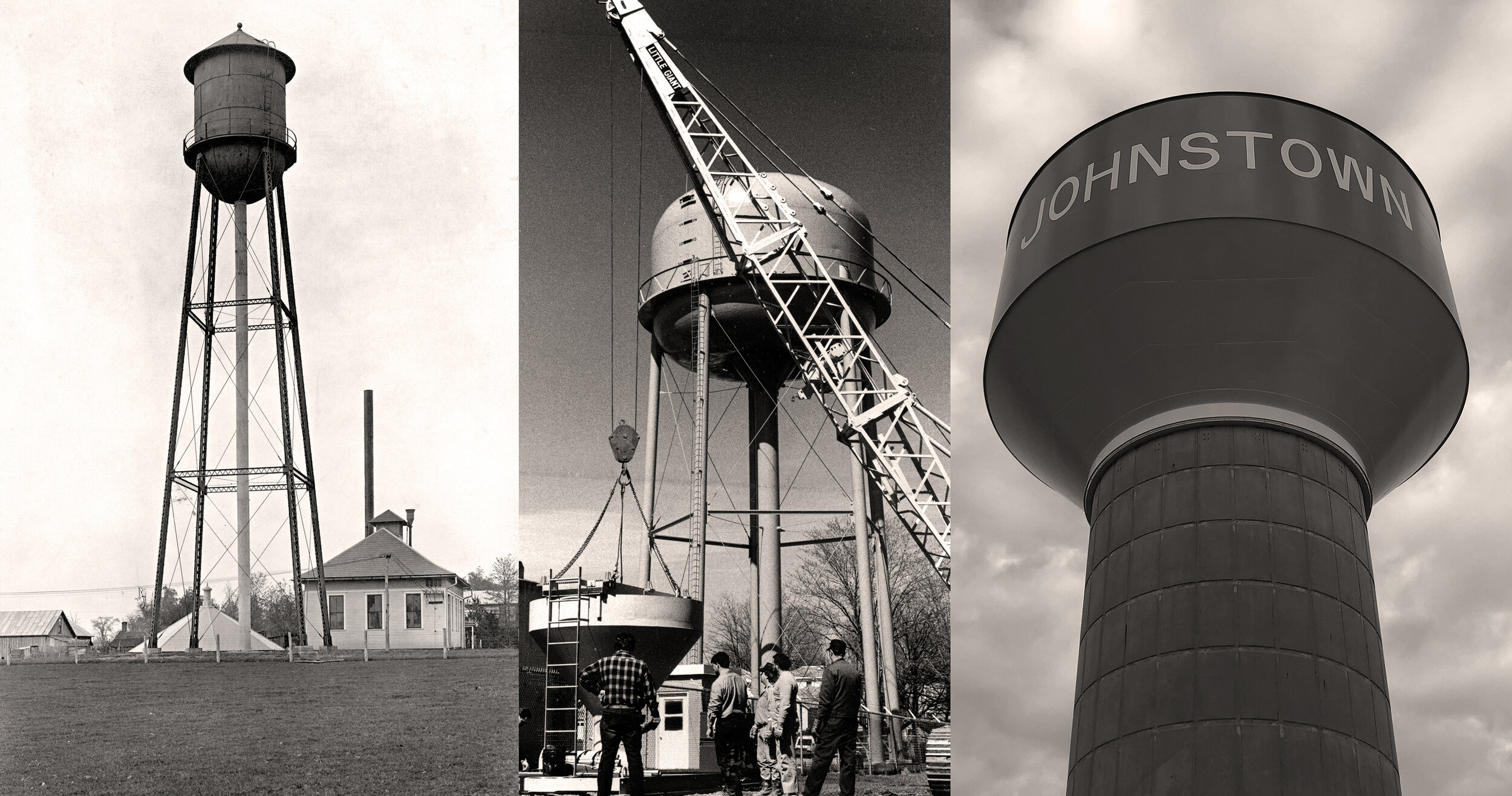
One of the first Baptist Churches in Johnstown existed on the Croton or Hartford Road. Early settlers built this church in 1830.
The Baptist Church, located on the corner of Oregon and West Coshocton Street, was built in 1830.
Another view of the Baptist Church. The church no longer exists on Oregon Street. Today, in its place, stands the Johnstown Family Restaurant.
The Church of the Ascension, built in 1914, was located on South Main Street. In the 21st century, Church of the Ascension built a new church at 555 South Main Street near the Johnstown Village offices.
Center Image: The Green Chapel location is State Route 37 and Green Chapel Road. The building, built in 1837, is now known as Wayside Chapel. Prior to being the Wayside Chapel, Green Chapel was a Grange Hall.
Left Image: The first home of the Presbyterian Church of Johnstown was a frame structure on the corner of South Main and West Pratt Street. The edifice, built in 1837, cost $ 1000.00. A weathervane capped the bell tower.
Right Image: Another Image of the Baptist Church that once stood on Oregon Street.
The Johnstown Methodist Church graces the corner of South Main and College Streets. Built in 1903, this structure followed the wooden Methodist Church located nearby.
The Johnstown Methodist Church is the backdrop for a group picture of the congregation. Prominent in the photo is a beautiful stained glass window.
In 1912, the congregation of the Presbyterian Church of Johnstown dedicated a new building still found on the corner of South Main and West Pratt streets. The congregation saved the bell from the old church and hung that bell in the new church. The new church was built at a cost of $7400.00
A very early photo shows Green Hill Cemetery at the top of the hill as seen from State Rt. 37. This cemetery was donated by the Green and Hill families of Johnstown and, thus, where it got its official name. Jonathan Williams, two years old, was the first person buried at this cemetery in 1815.
The Bigelow Cemetery, located at 180 West Maple Street is sometimes referred to as the "Old Burying Ground”. Oliver Bigelow, founder of Johnstown, and more than 300 early residents are buried at the village’s first cemetery.
This early bridge was across Raccoon Creek on State Rt. 37 as you head west.
This is another photo of the bridge that was across Raccoon Creek. The creek appears to be more robust than it is today.
Elijah Barton started erecting the Town Hall and an Opera House in 1883. He completed the impressive structure in 1885. On January 1,1885 it was dedicated “forever” to the village. It was considered the civic center of the Village. The Opera House is on the second floor of the Town Hall. The raised stage of the Opera House once hosted lectures, plays, musical revivals, political rallies, the unforgettable medicine shows and vaudeville acts, as well as high school graduation ceremonies. Today it is still used for special ceremonies and musical events.
Center Image: This town hall photo appears to have been taken in the fall with Congressman William A. Ashbrook standing at the front of the building.
Left Image: This town hall photo shows summer time trees in leaf. The Town-Hall Opera House is on the National Register of Historic Buildings due to the efforts of the Johnstown Historical Society and the Monroe Township Trustees. It has seating for 290 people.
Right Image: Another shot of the town hall during winter.
This photo is taken from the town hall roof and is looking down on the corner of South Oregon and West Coshocton Street where the Baptist Church was once located. Beyond the church and homes the gravestones at Bigelow Cemetery are visible.
On July 4, 1880 the Toledo & Ohio Central Railroad (T. and O.C.) train began traveling and stopping through Johnstown. At that time 4 trains traveled through the village each day and the depot was often busy with passengers.
April 27, 1935 was the day that the last passenger service traveled through the Johnstown train station. However, the railroad continued to use the Johnstown tracks primarily for freight and coal until it was abandoned in 1972. In February 1976 the railroad was legally abandoned and in 1977 the clearing of ties and rails began. The railroad bed is now part of the T. J. Evans Bike Path.
The T & O. C. Railroad depot building can still be seen at 145 East Pratt Street near Track Street. It is now owned by a private individual.
The T & O. C. Railroad train is seen entering the Johnstown station from the east. The village’s early water tower can be seen in the background.
This home was built in 1899 at 137 North Main Street. There are several other homes in Johnstown that have the same architectural features as this building does and probably were erected by the same builder.
Former US Congressman William A. Ashbrook had this home built in 1898 at 190 North Main Street. His son, US Congressman John Ashbrook, was raised here with his four siblings.
This home at 210 West Coshocton Street is located across from the current US Post Office.
George Washington Green built this frame house in Monroe Township in 1815. The house stood on a hill overlooking the Raccoon Indian village and was close to the current Croton Road. The timbers on the house were hand-hewn and pegged. The siding was made of white oak trees from the surrounding area. The home collapsed during a storm in 1945.
This home was once located at the corner of East Pratt and South Main Street.The house was moved from this location. The George Smith family lived in this home at one time.
This home needs to be identified. If you have any information, please let the librarian know that.
This very old home was once known as the Philbrick House. It is located at 4986 Caswell Road.
This residence is possibly on South Williams Street. At one time the W. H. Kirts family lived here after moving from their farm in Jersey Township.
This early log home needs to be identified. If you have any information, please let the librarian know that.
This residence is located at 110 South Main Street. The W. C. Neff family was living here in the early 1900’s. At a later time Charles and Rheabelle Cornell resided here. “Charlie” invented his tire repair device In the garage behind their house. This invention led to the creation of one of Johnstown’s oldest companies called Tech International.
Left Image: This home is located at 133 West Coshocton Street.
Right Image: This home is located at 103 North Main Street. The porch has been changed from the original structure.
Located at 122 North Main Street this home was built by H. B. Rusler, a prominent businessman who died in 1919.
This home is located at 257 West Coshocton Street. Lee Tippett and his daughter Lena are on the porch of their home in 1920. At a later time the house was the residence of the Ed Dietrich family and his Maple Grove Dairy business was behind the home.
The location of this home is unknown. However, the A. E. Toothaker family once lived here. Please let the librarian know if you can identify the location of this home.
This stately home once stood across from the Town Square at 18 West Coshocton Street . It was known as the Buxton-Upham House. Sadly it was torn down in the 2000’s.
Another view of the Buxton-Upham House from the early 1900’s on the right and the Baptist Church can be seen in the distance on the left.
This home is located at 5501 Caswell Road.
Left image: In 1904 the first water tower in Johnstown was erected by the Chicago Iron Works. It was located close to Track Street and John Street.
Center Image: In 1978 a new water tower was built and assembled by Pittsburgh-DeMoines Steel of Pittsburgh, Pennsylvania. It was placed near the site of the old water tower which was eventually dismantled and sold for scrap in 1984.
Right Image: Once again as the village’s population increased, progress demanded that a larger water tower be constructed in 2002.